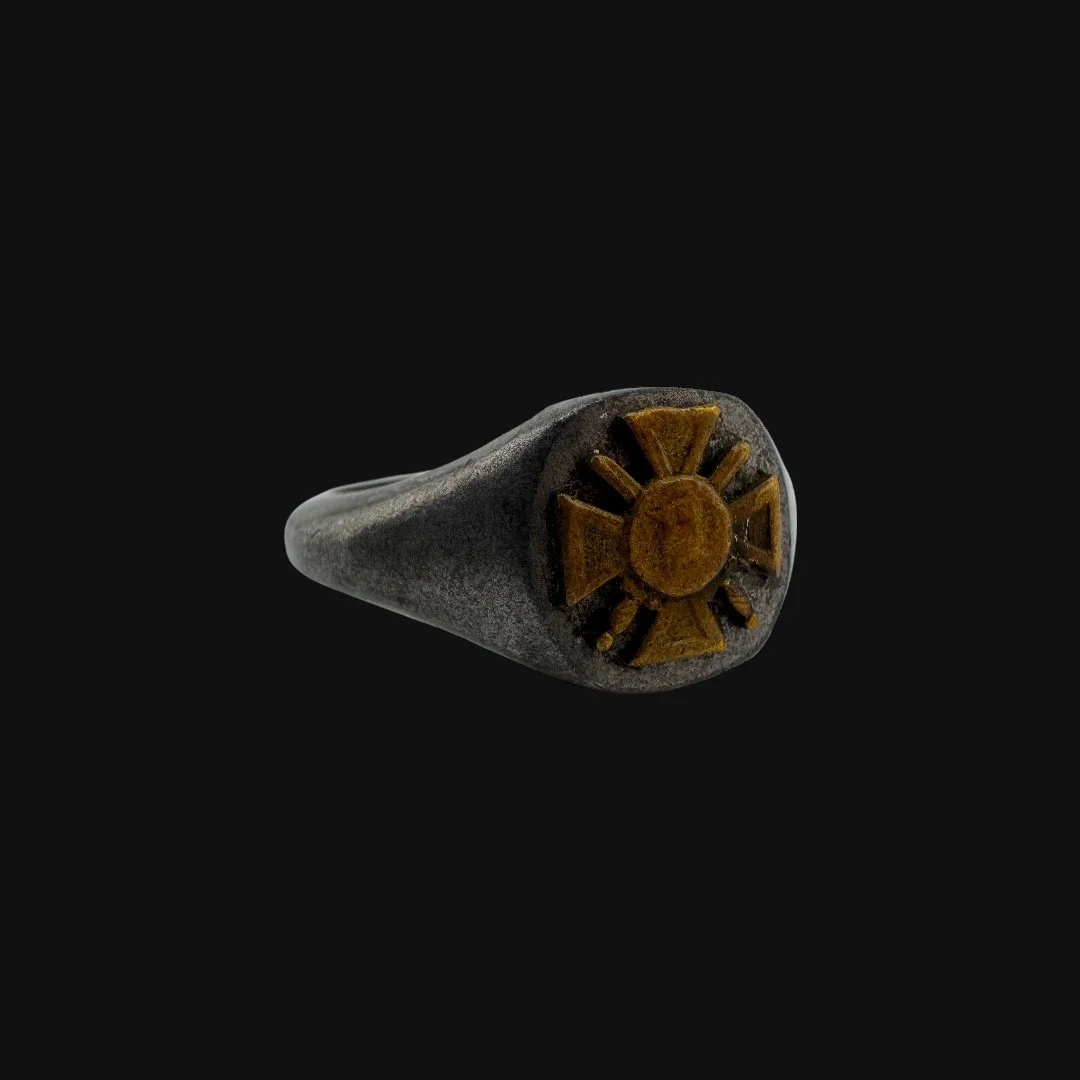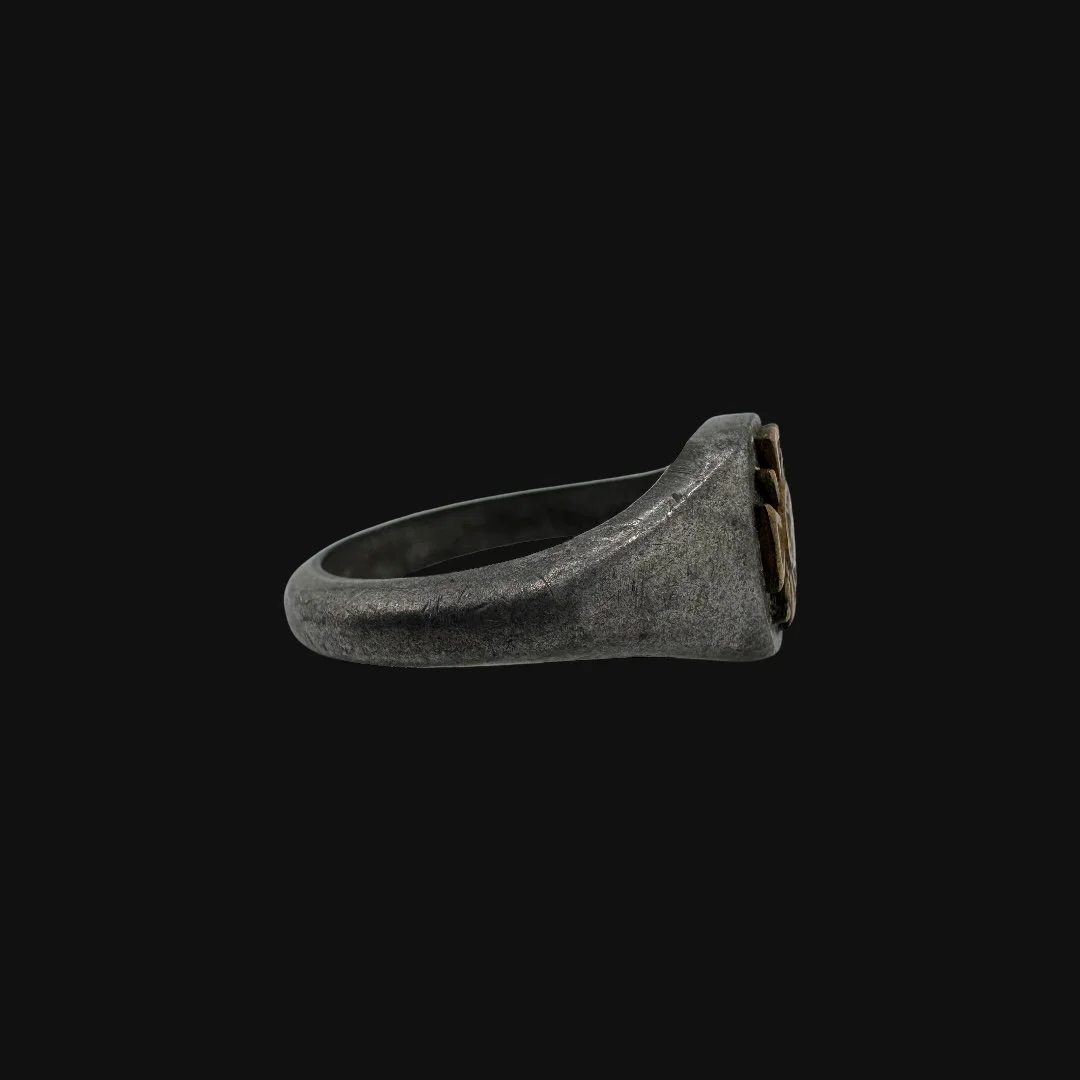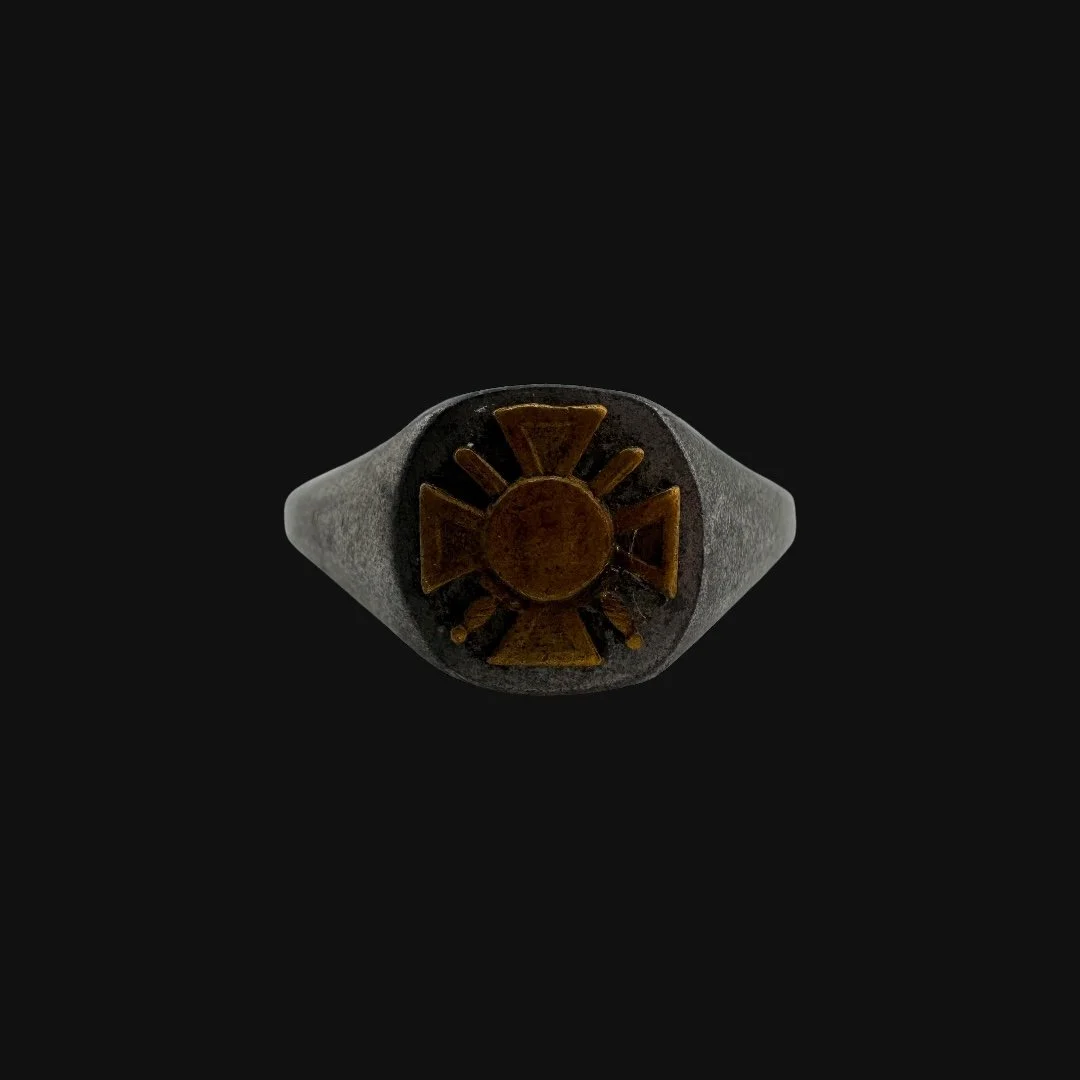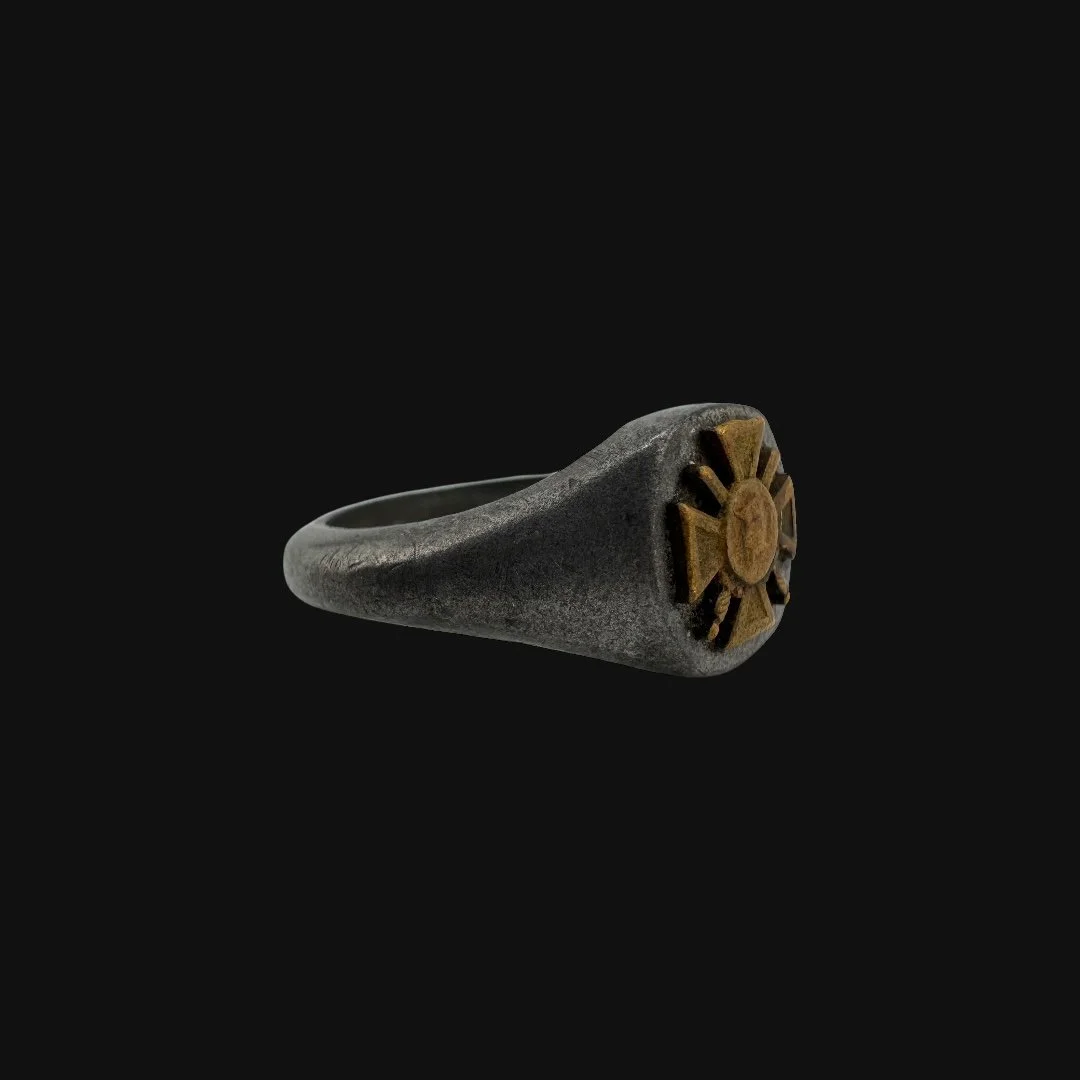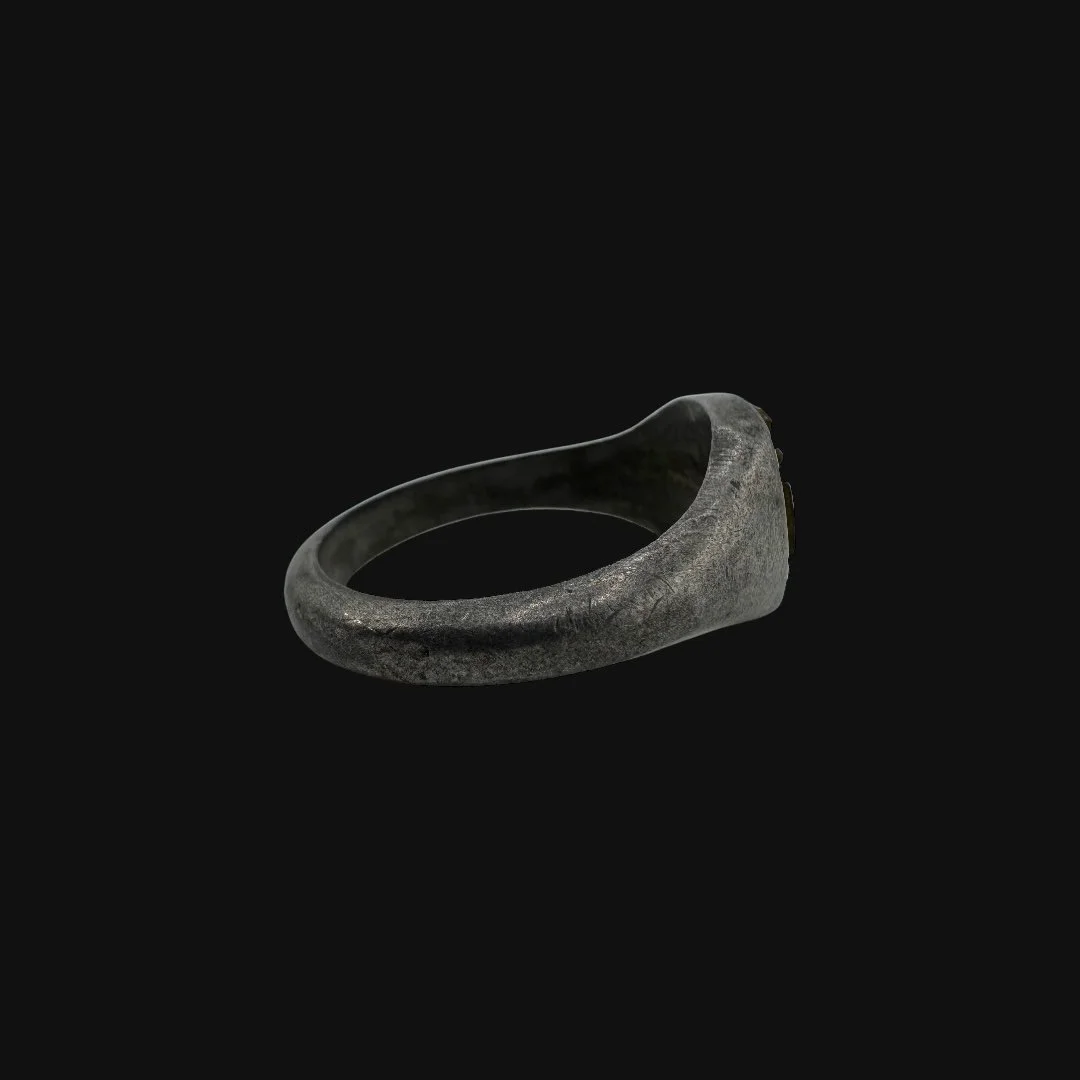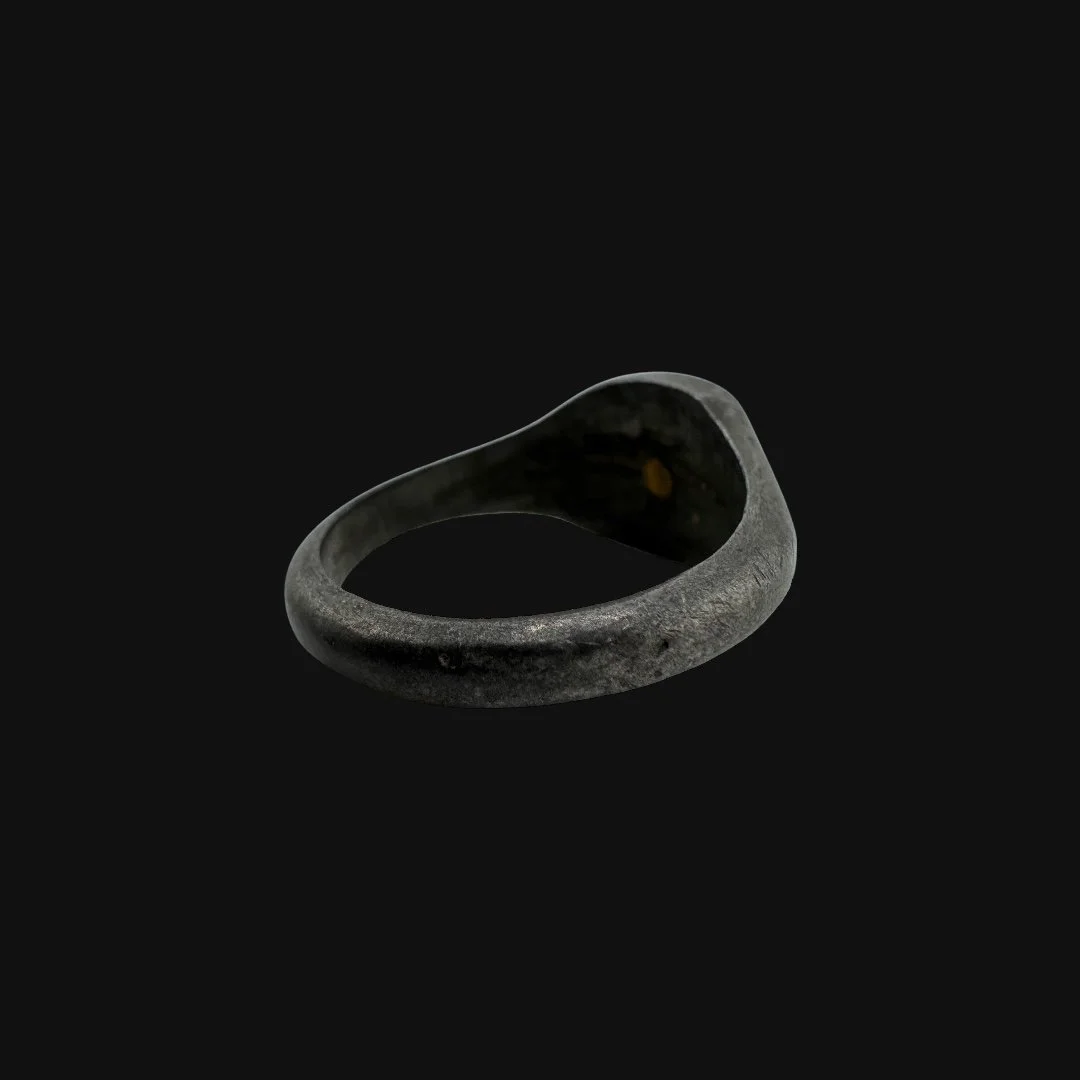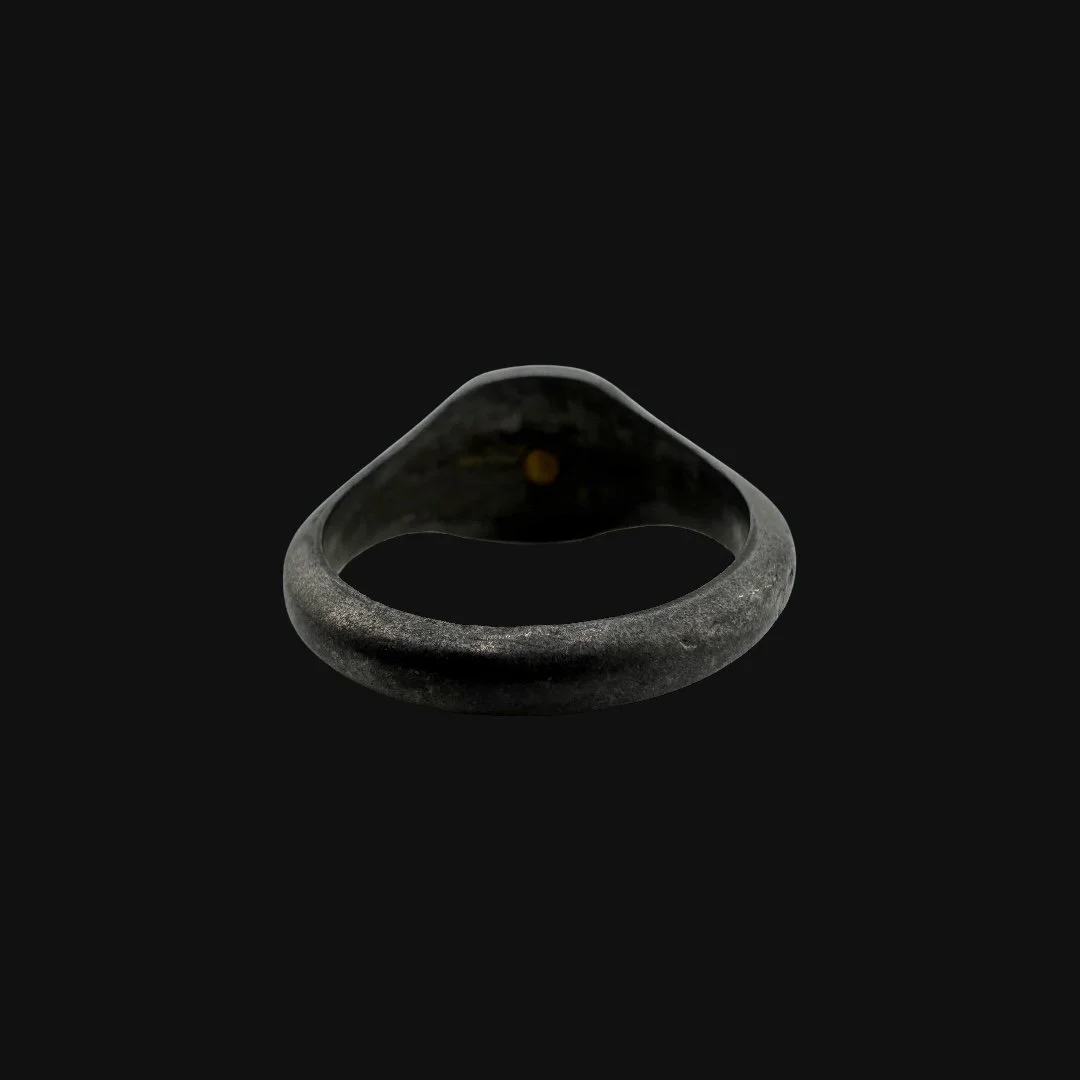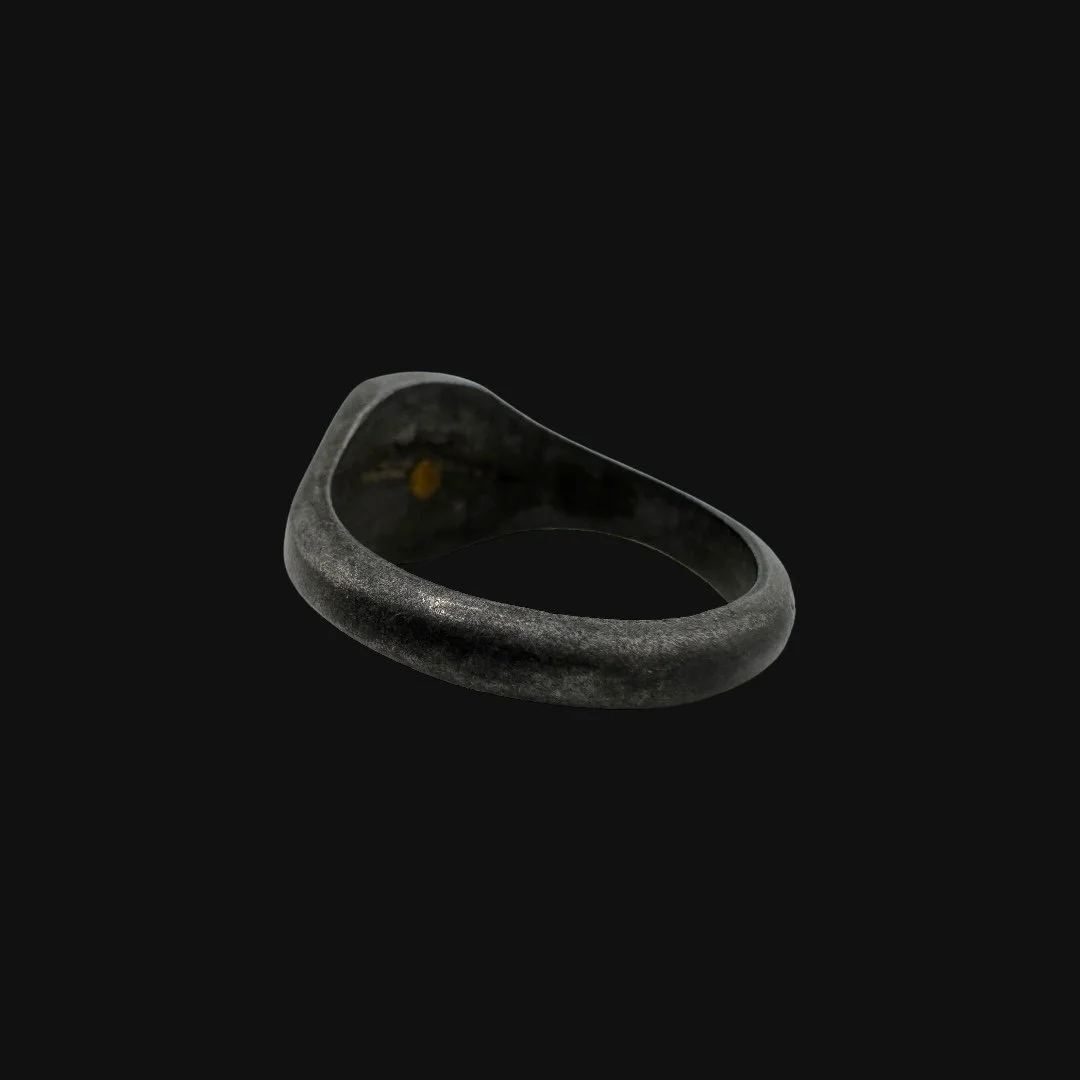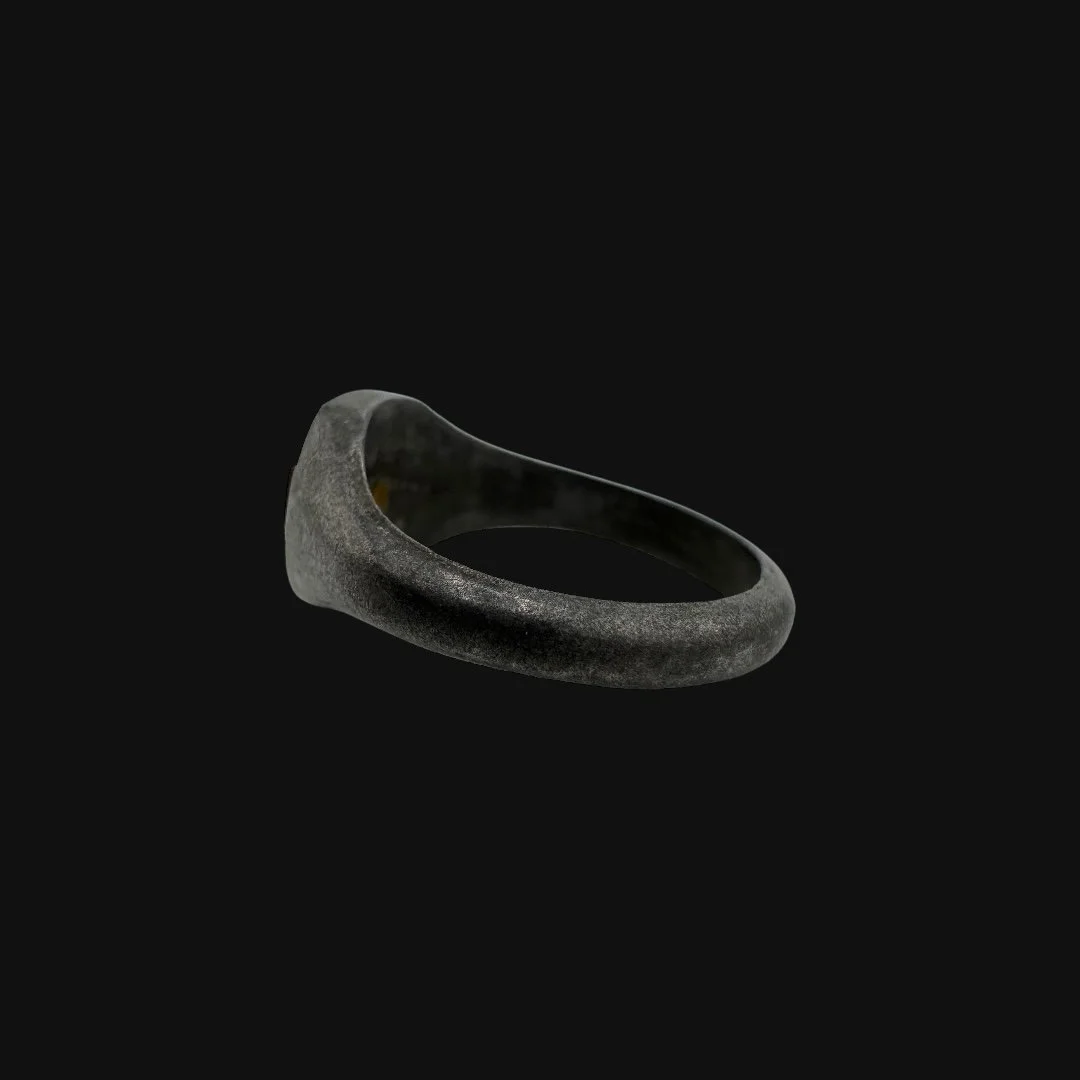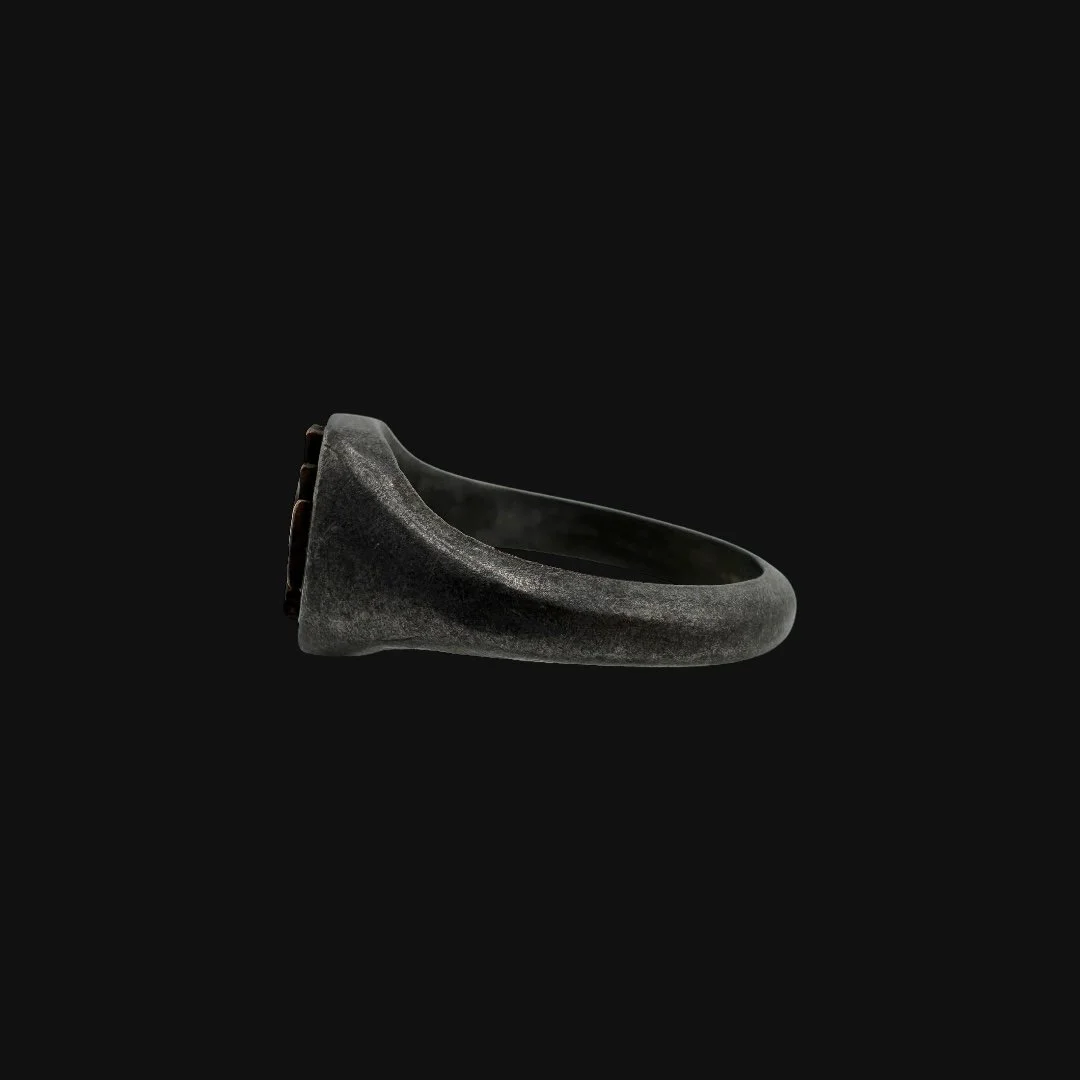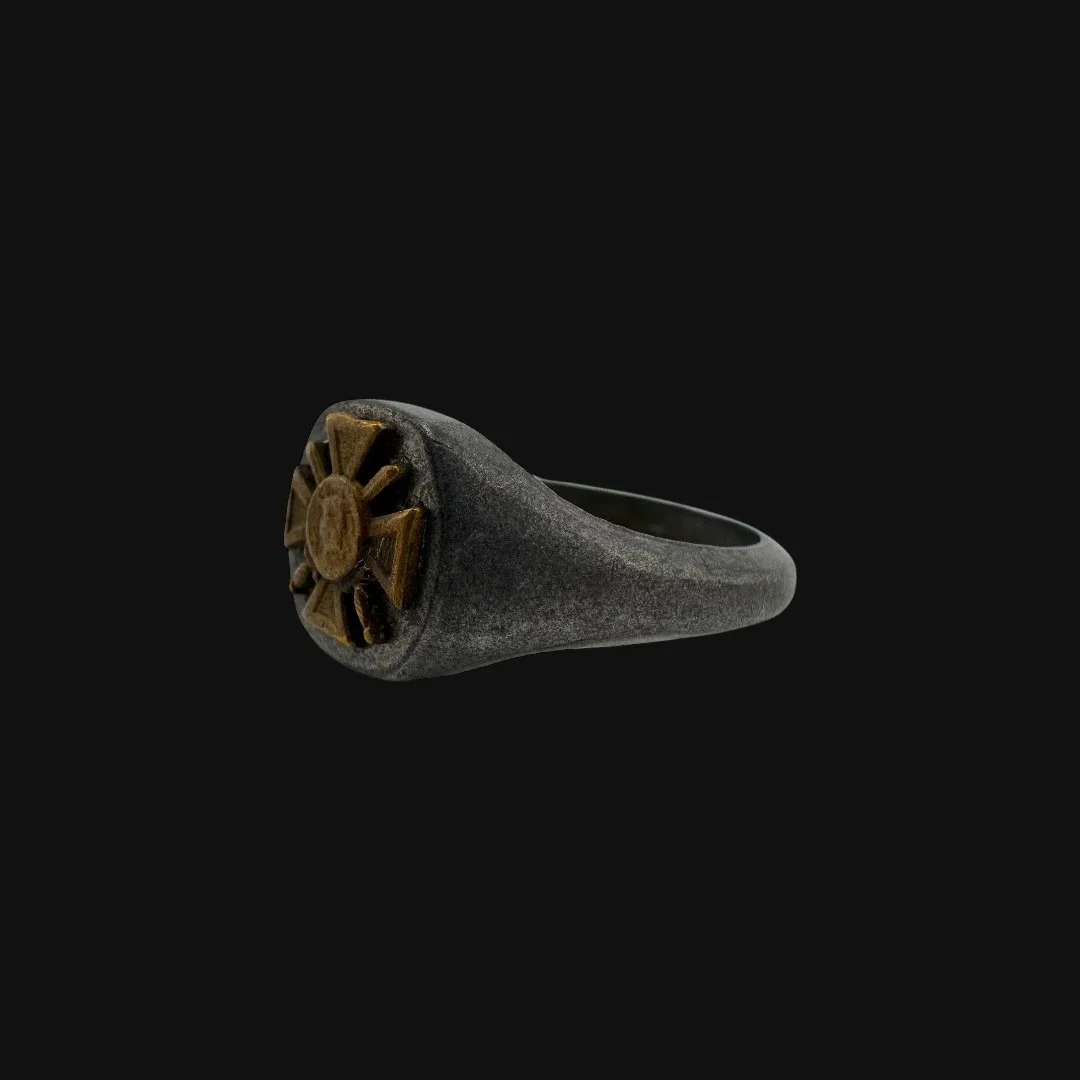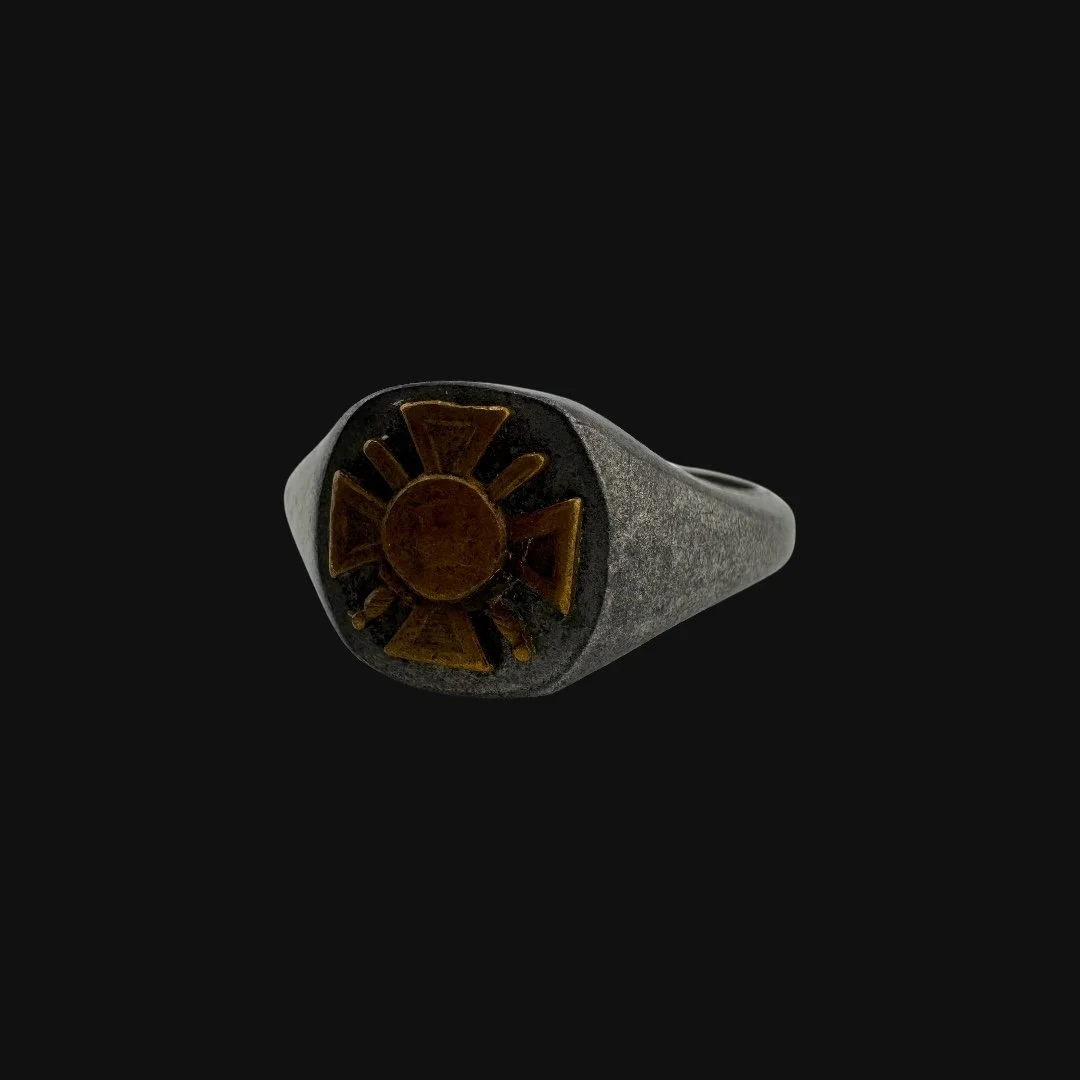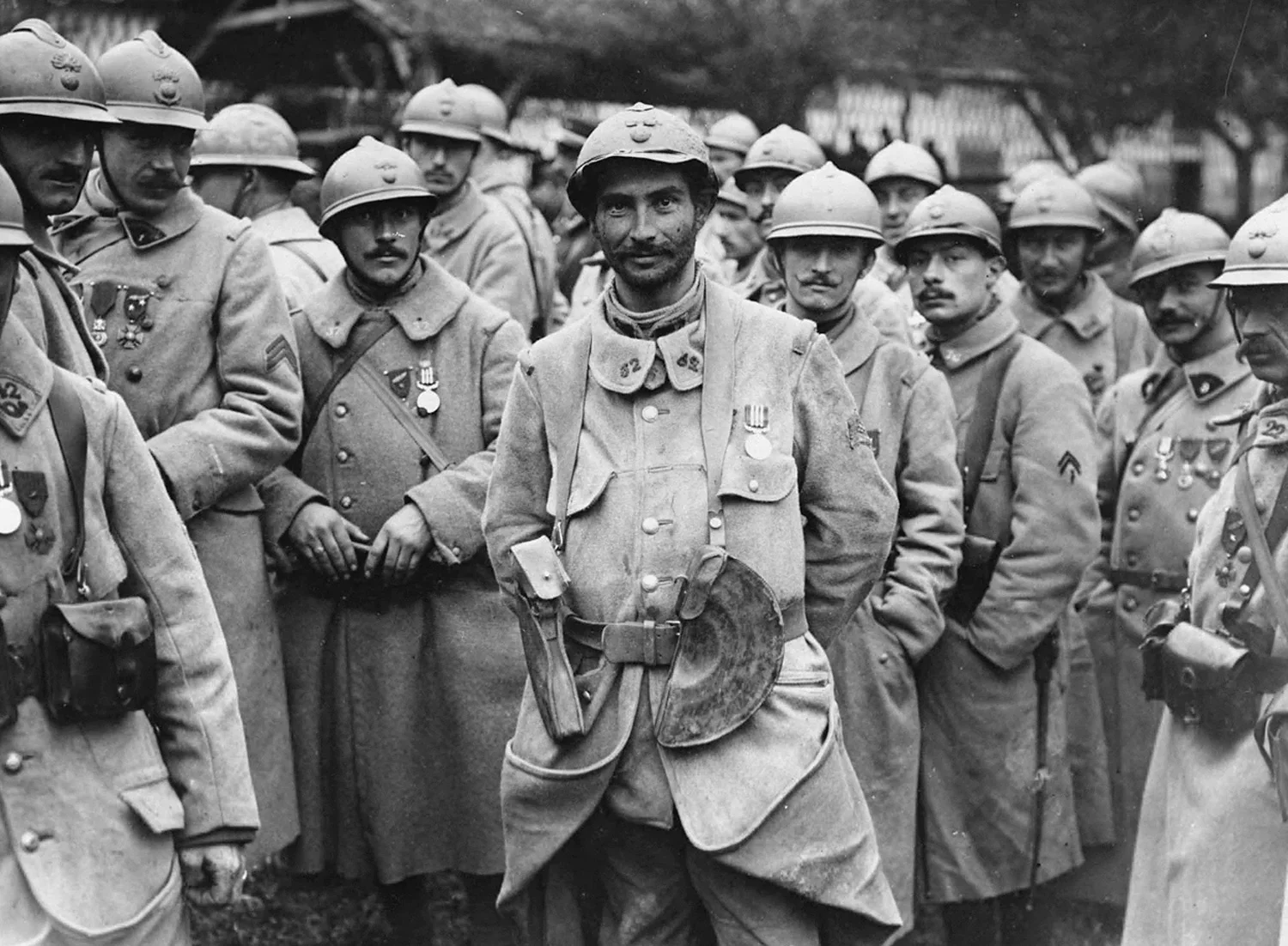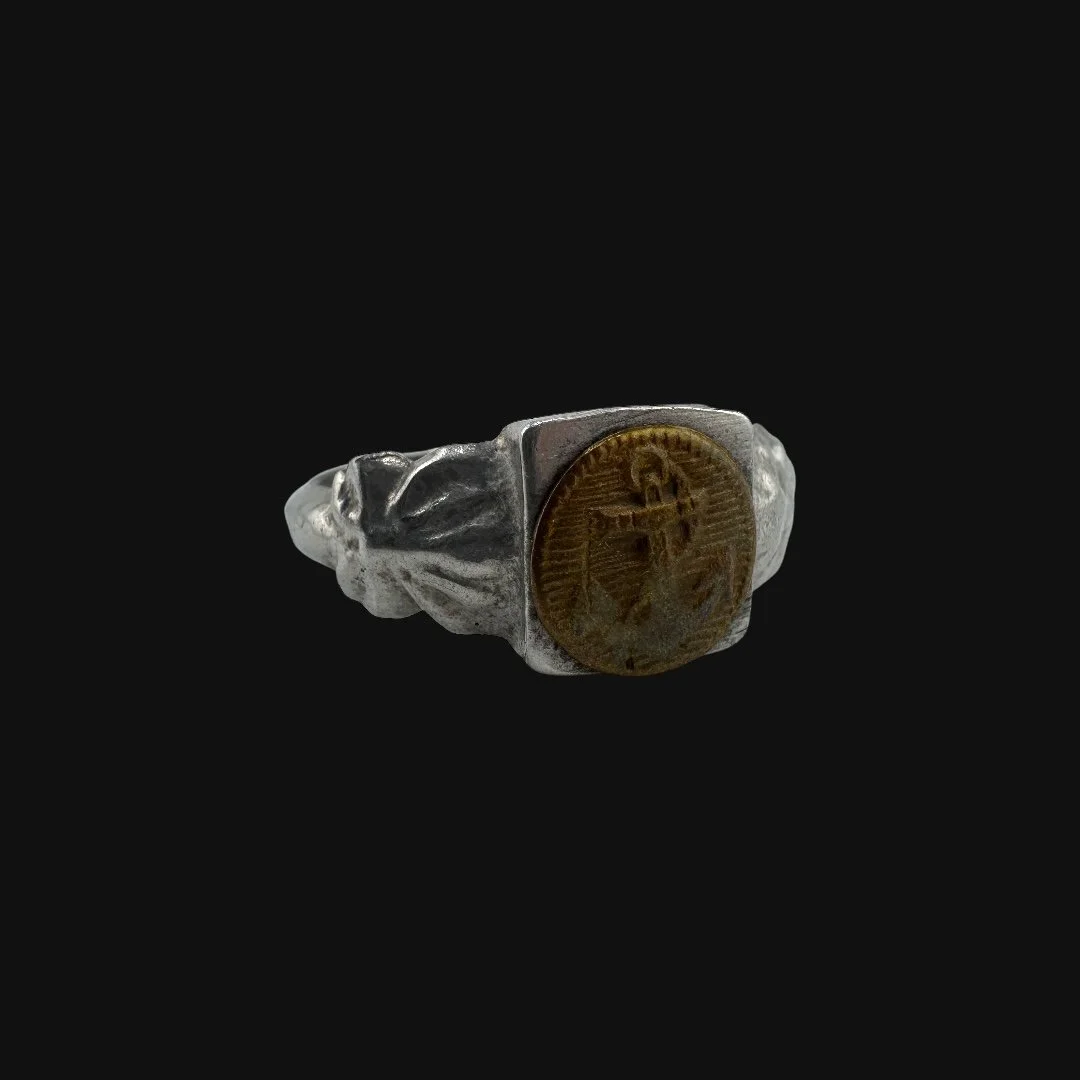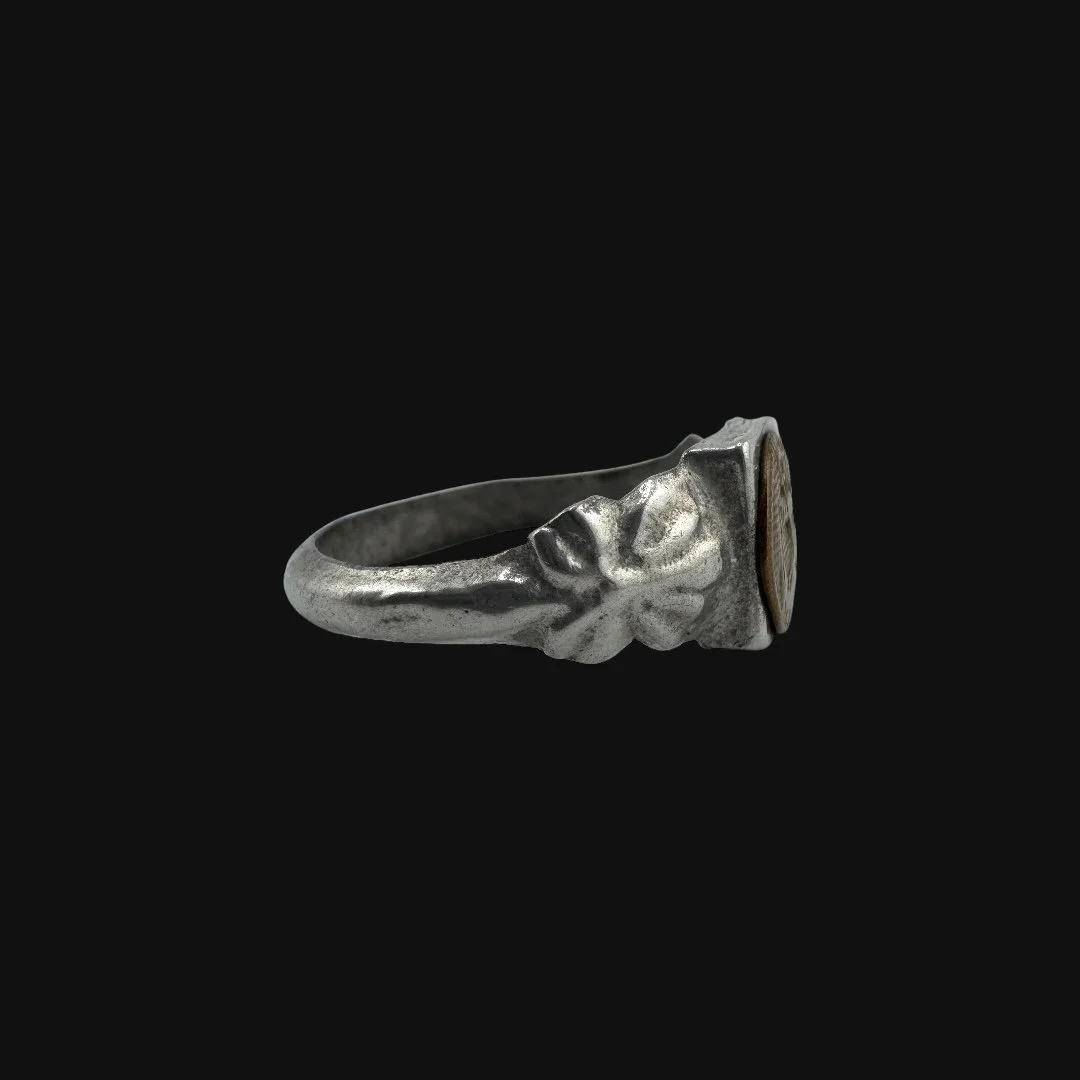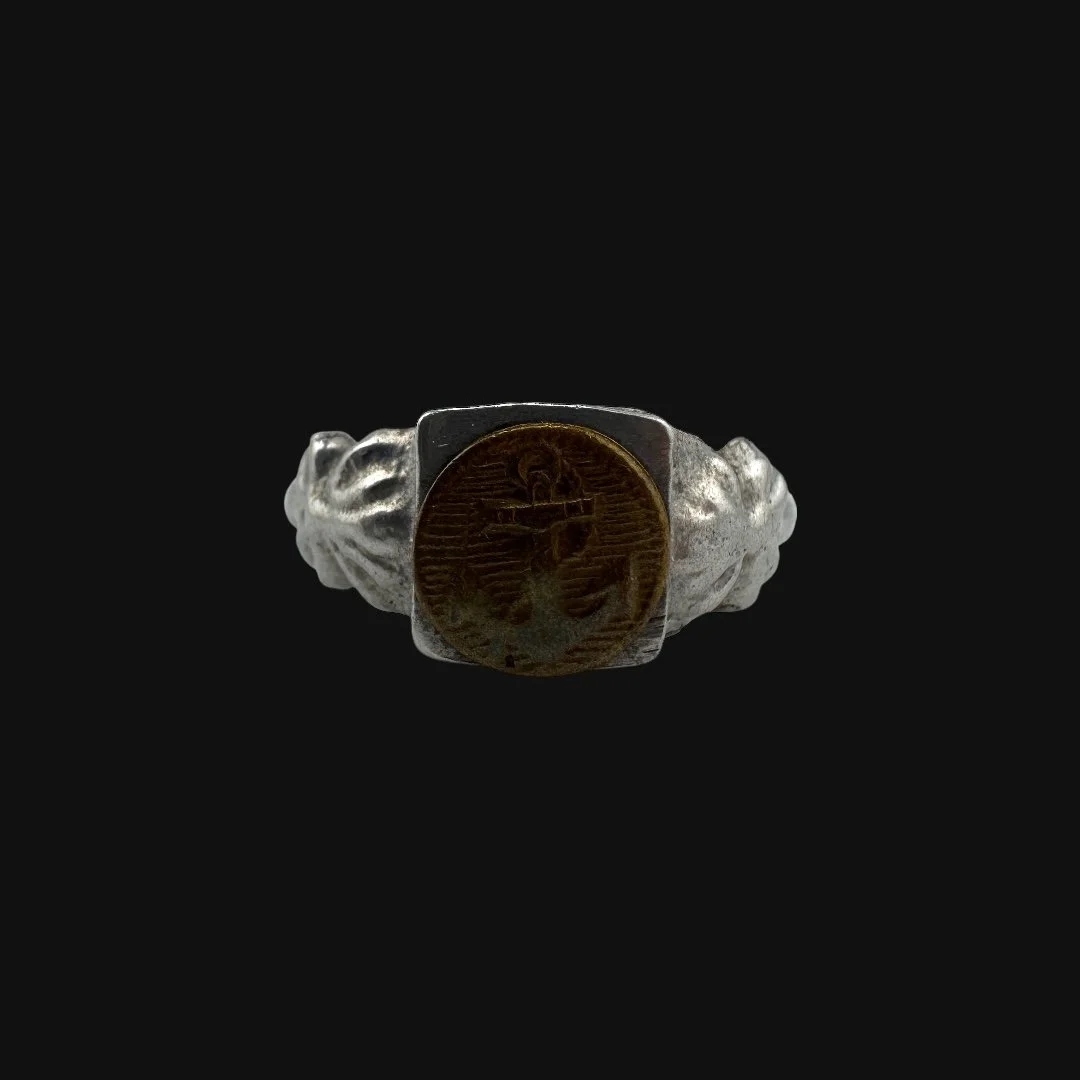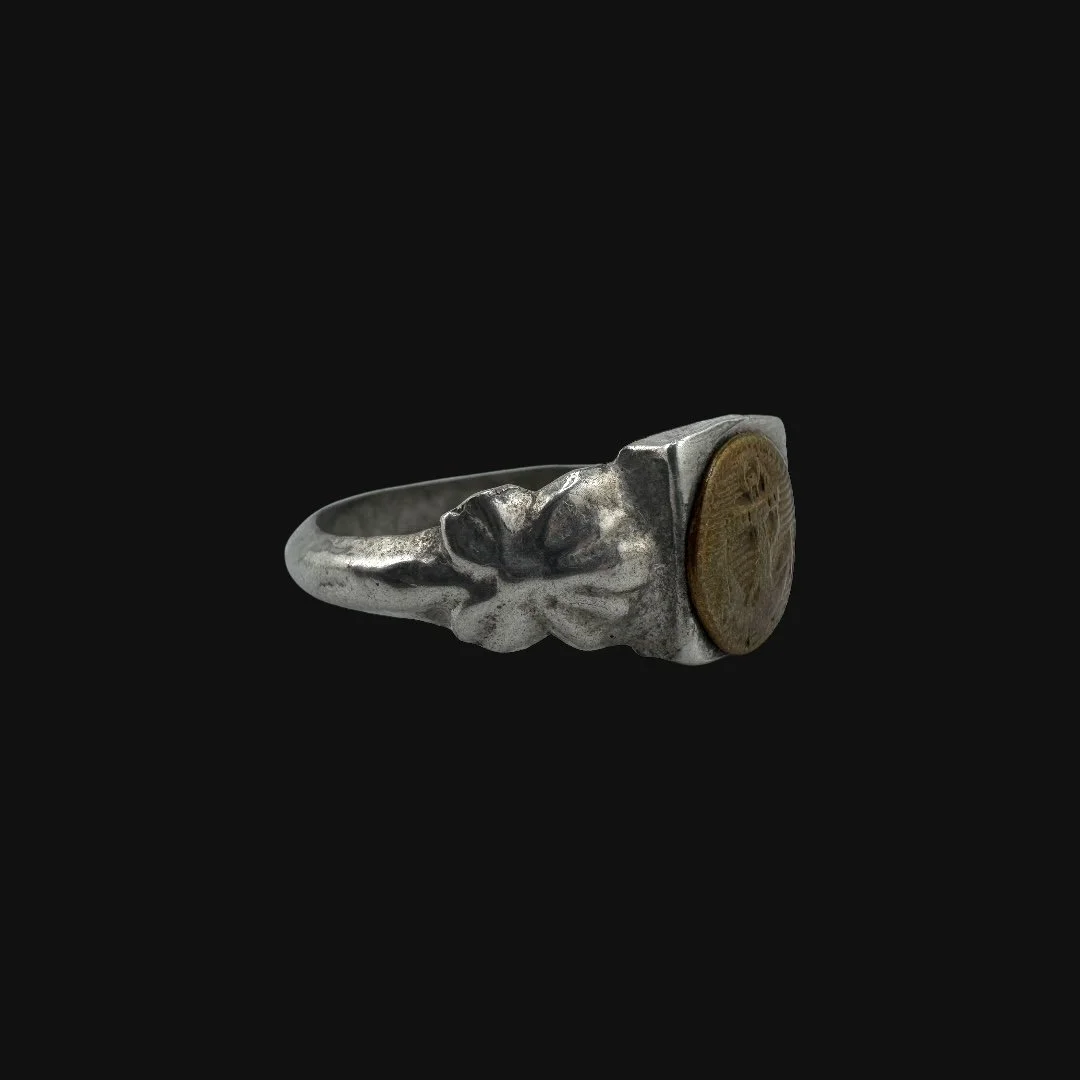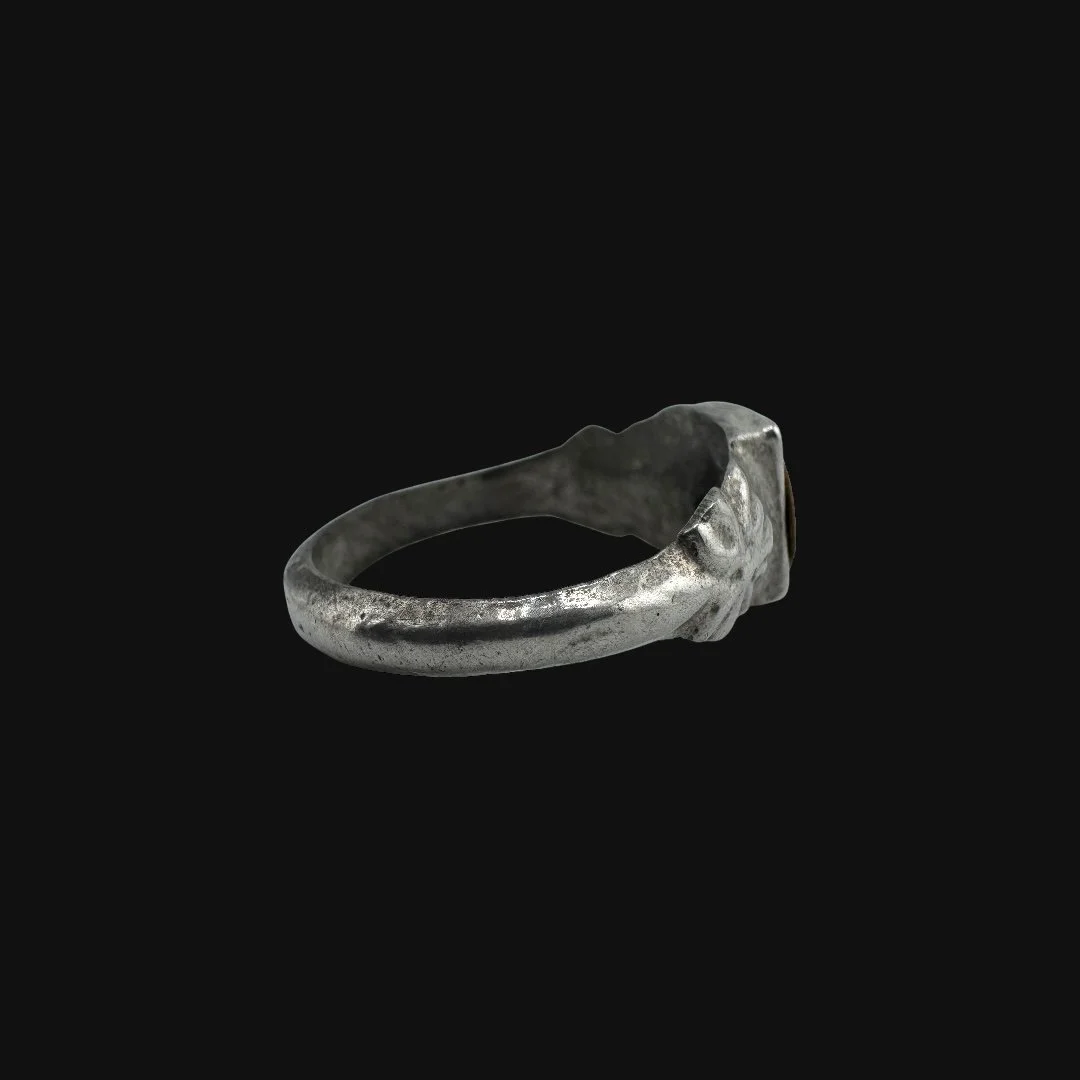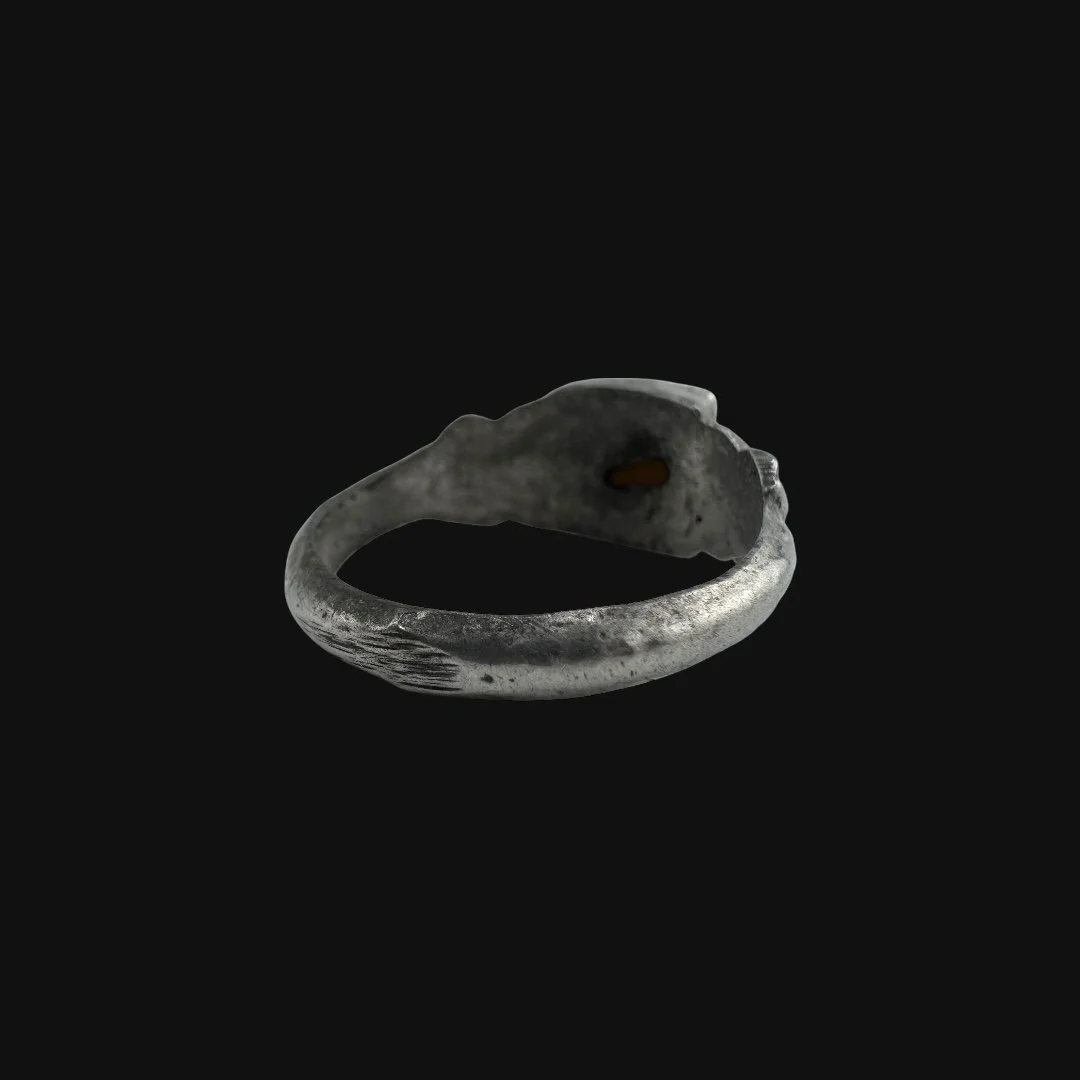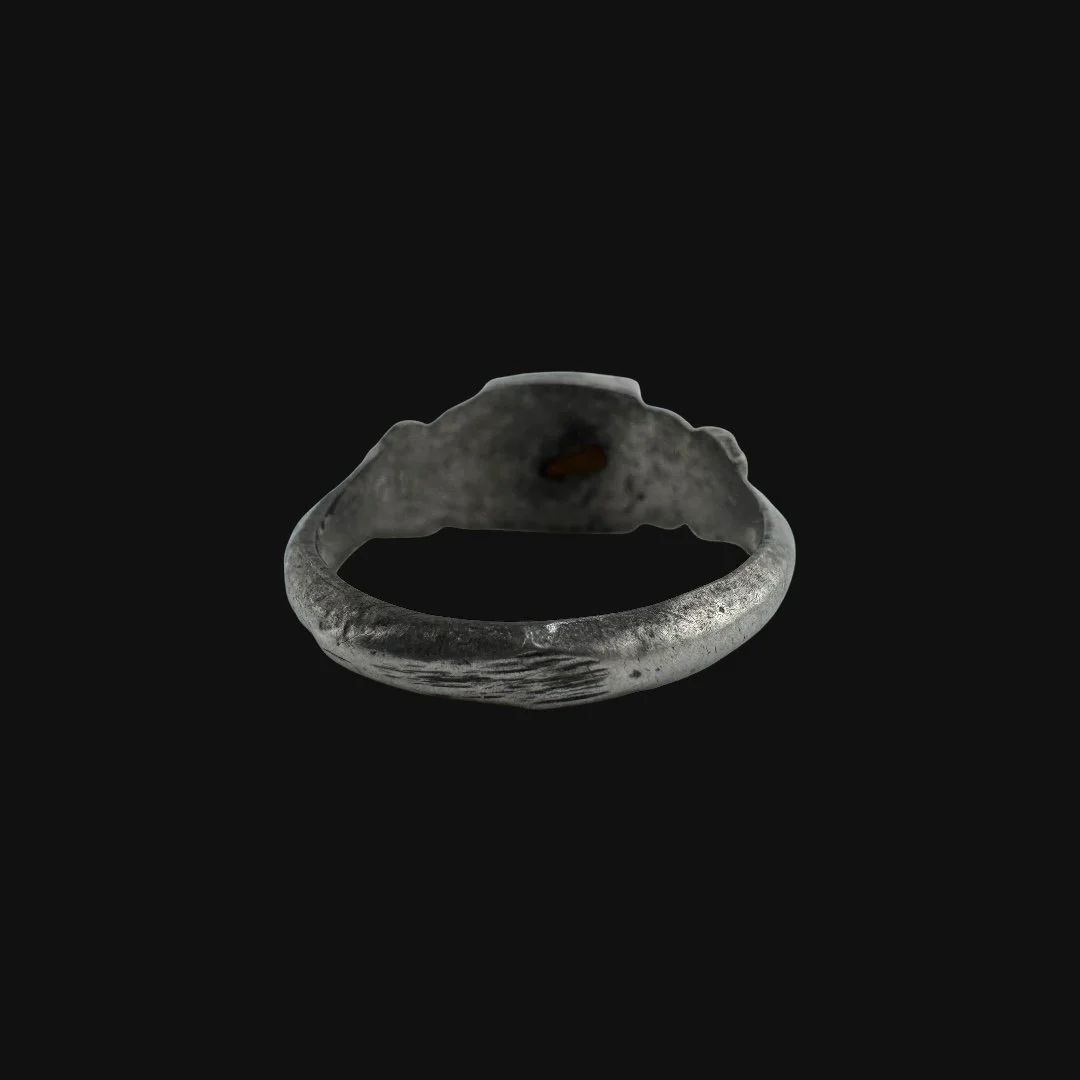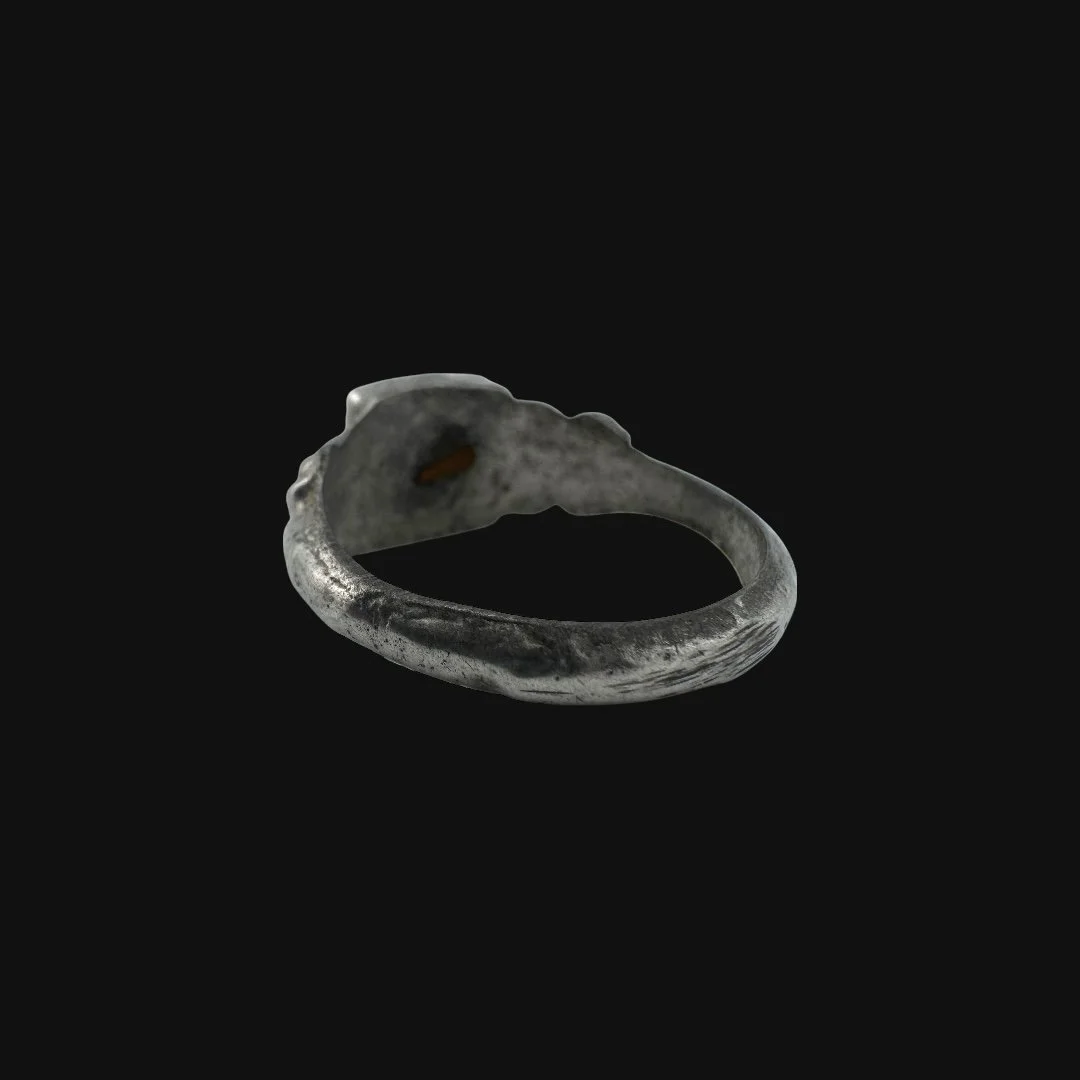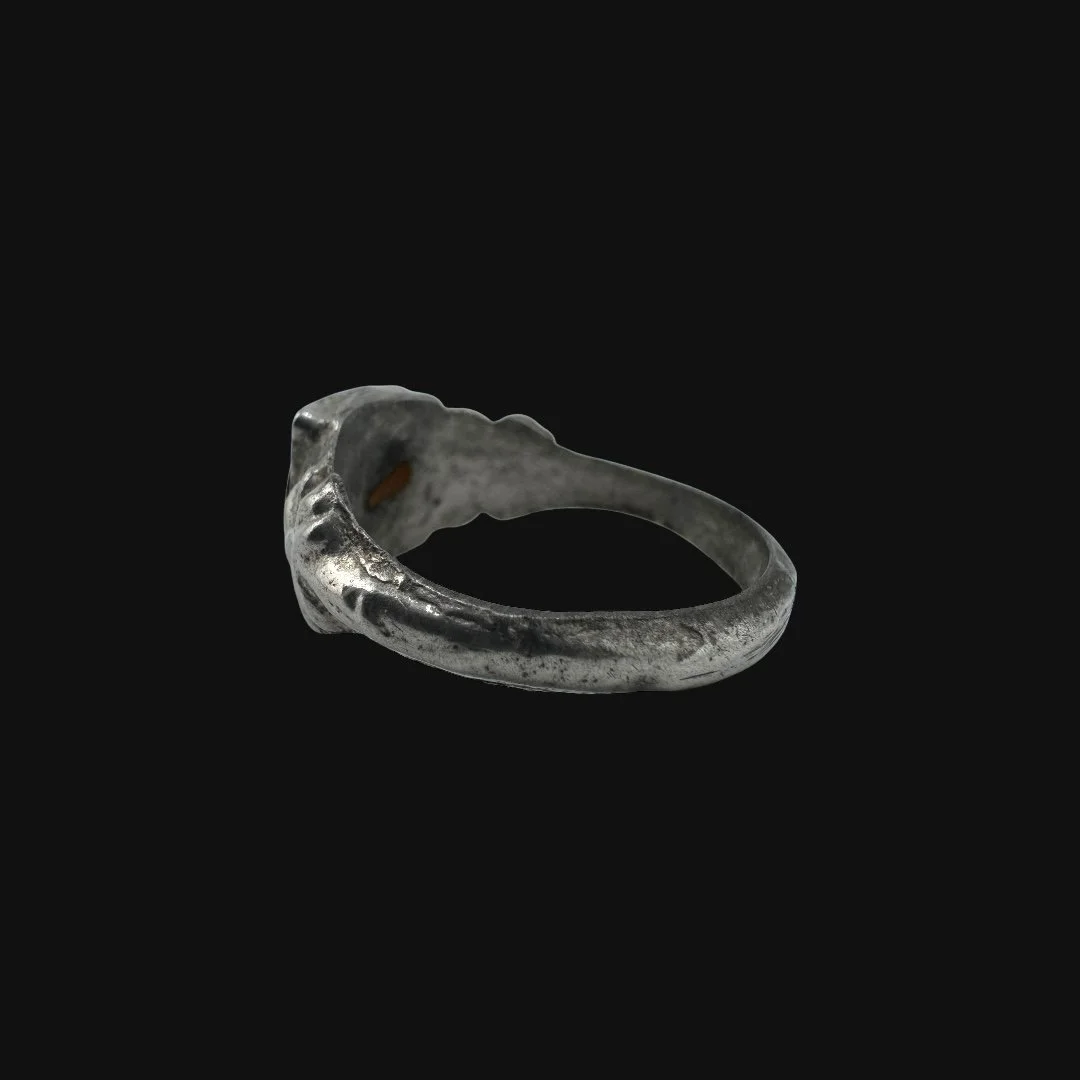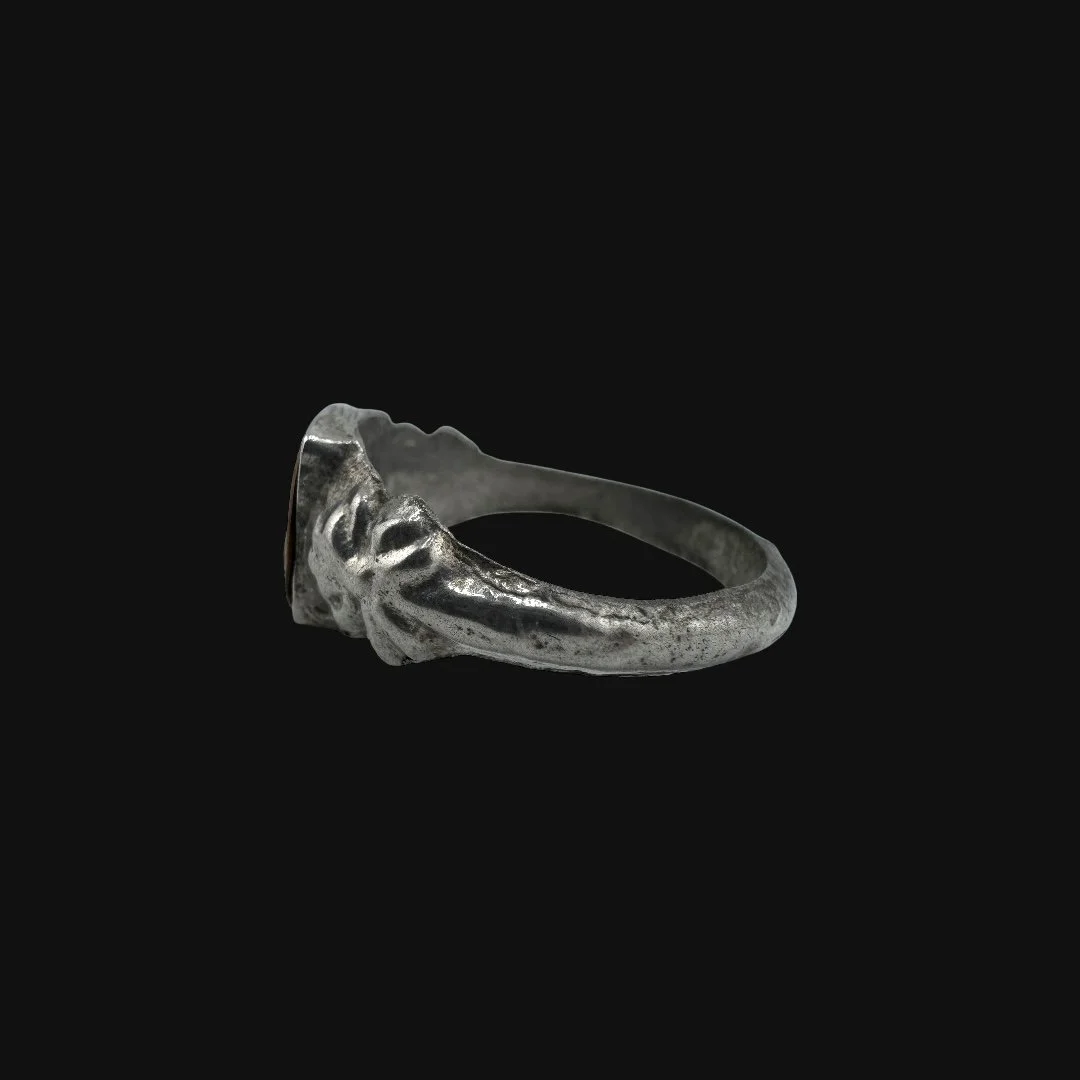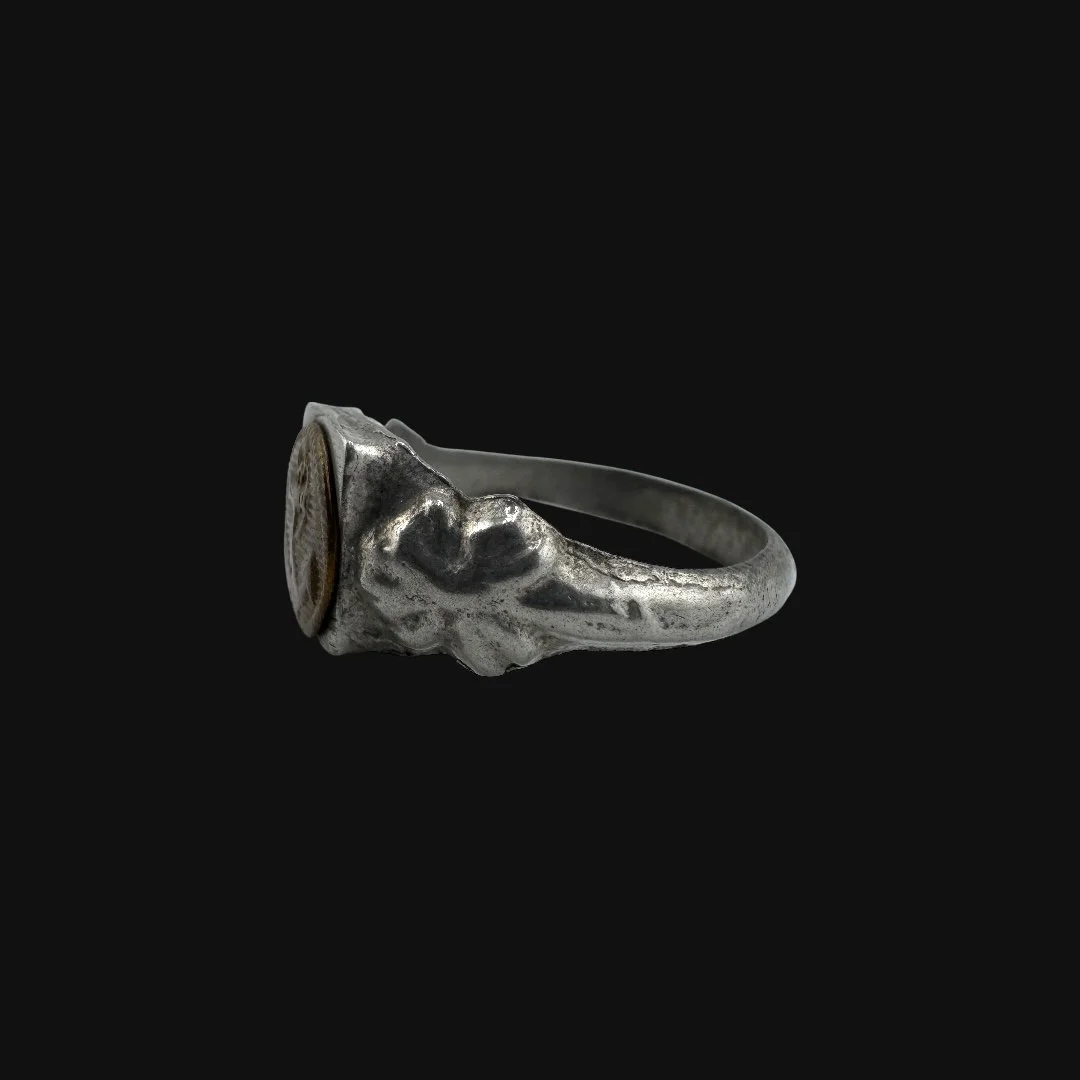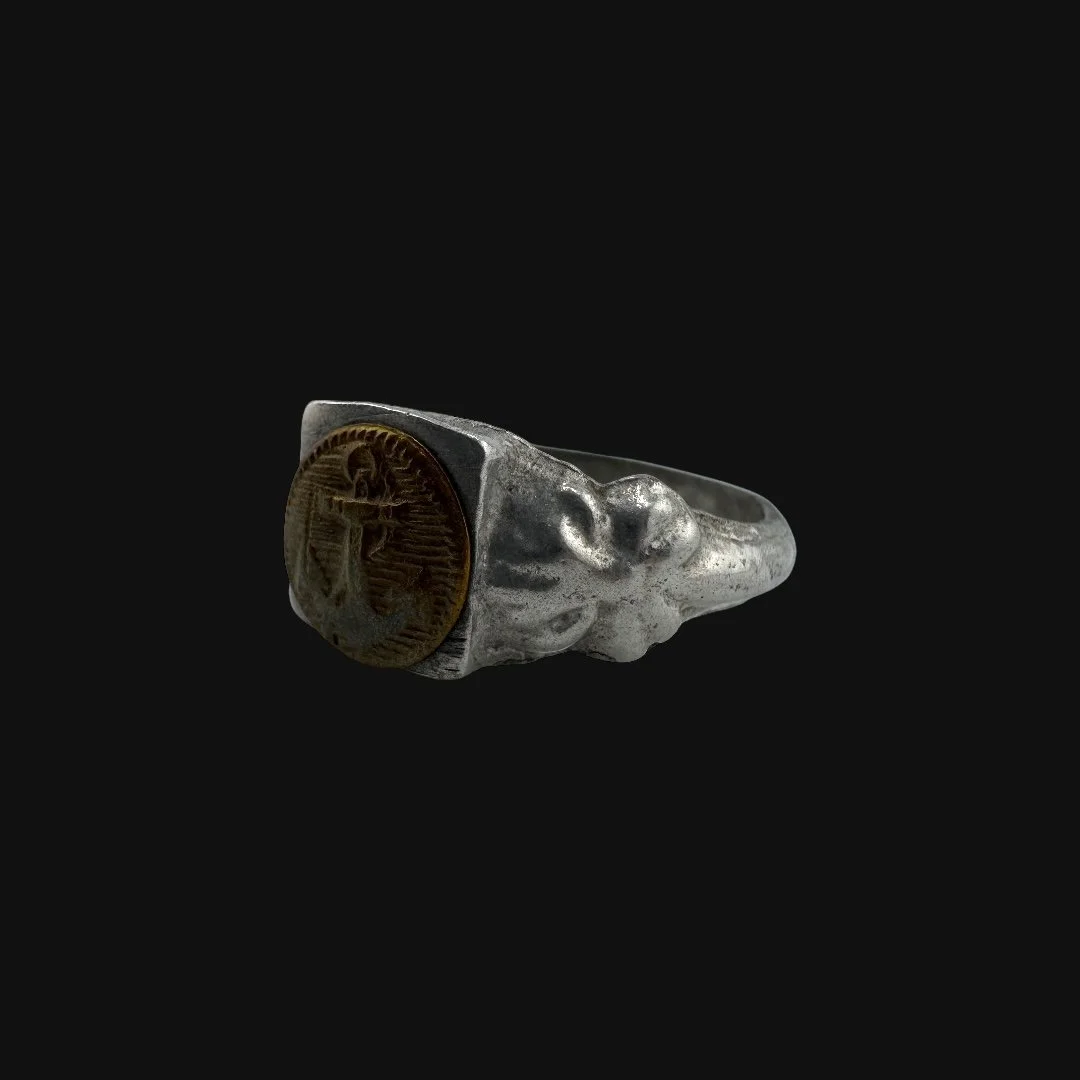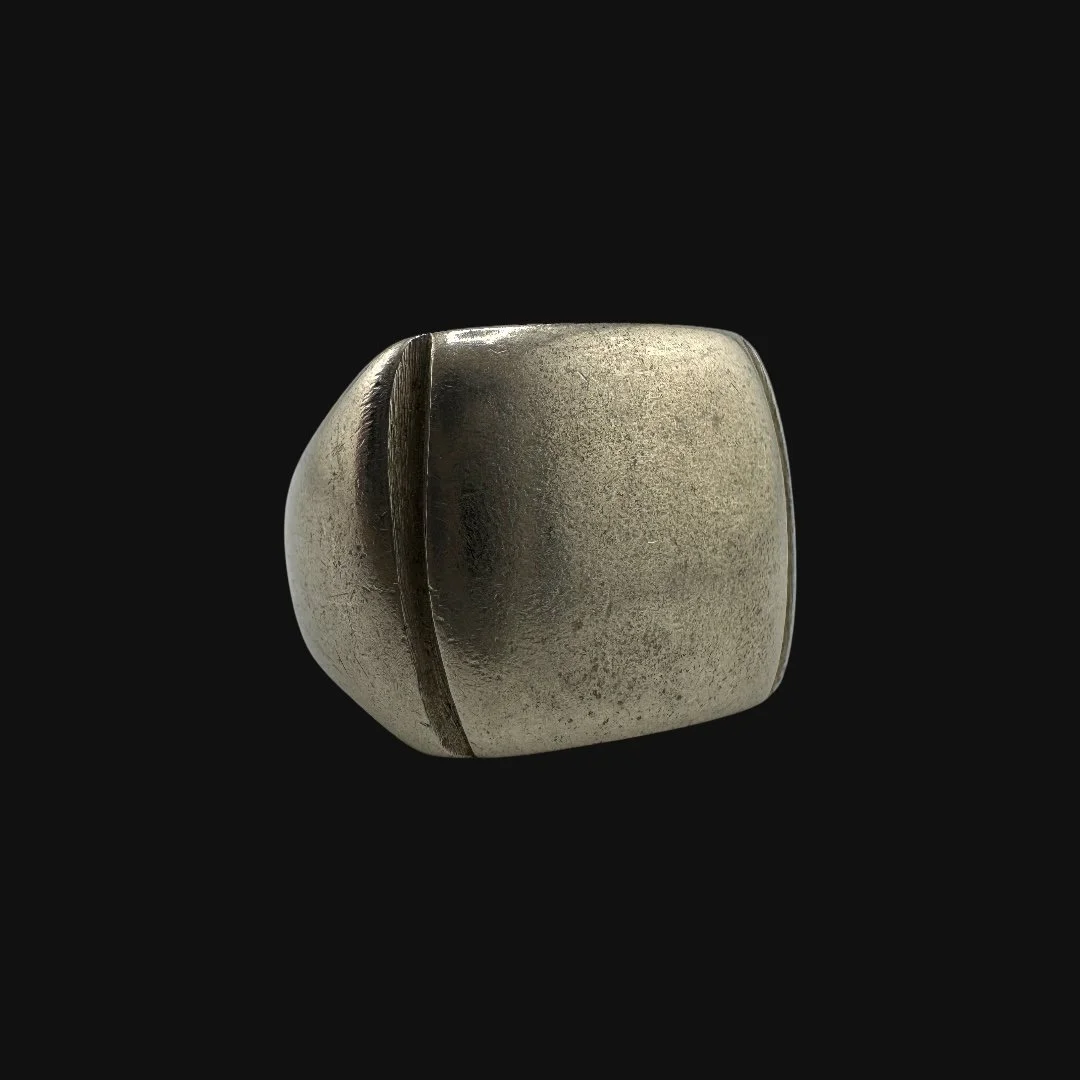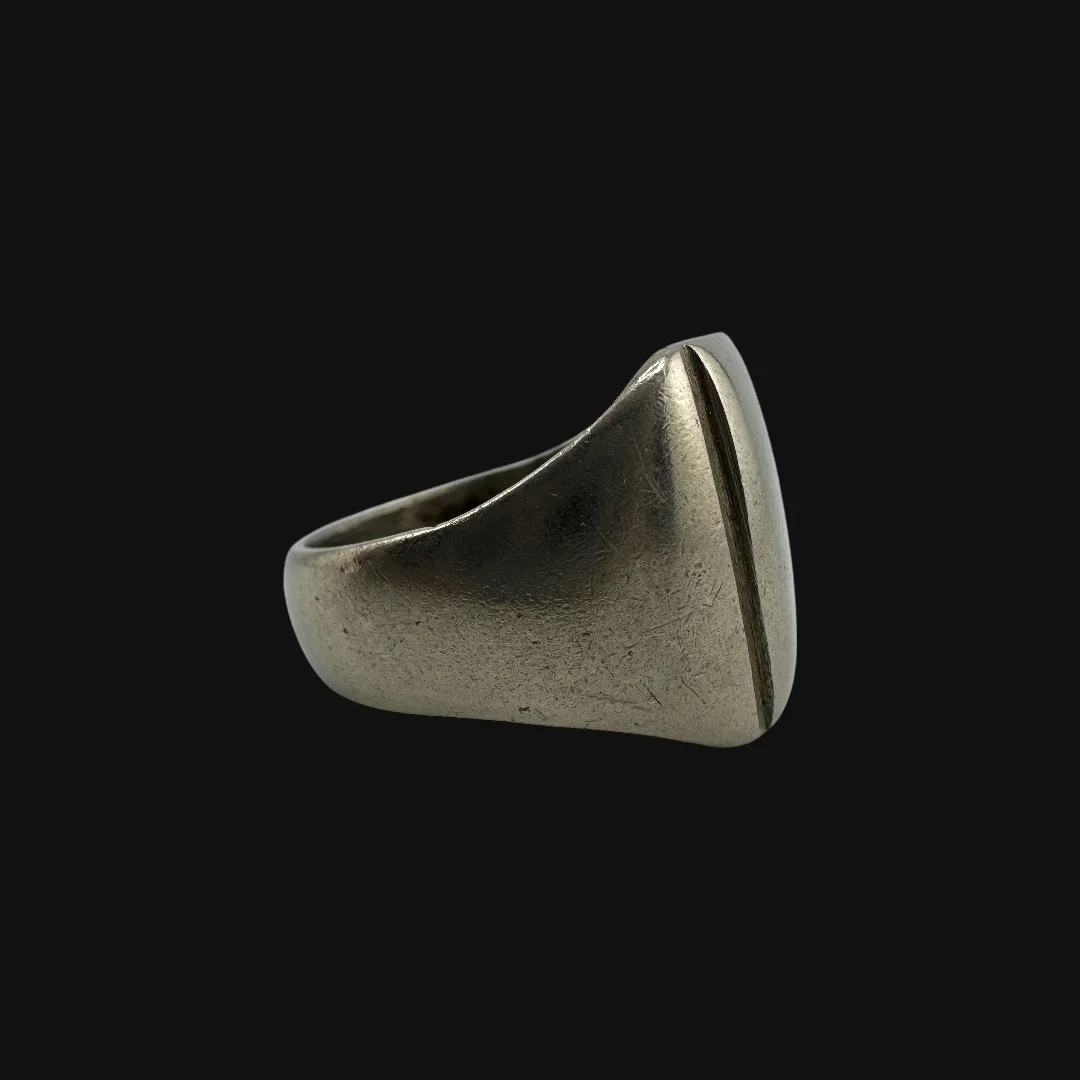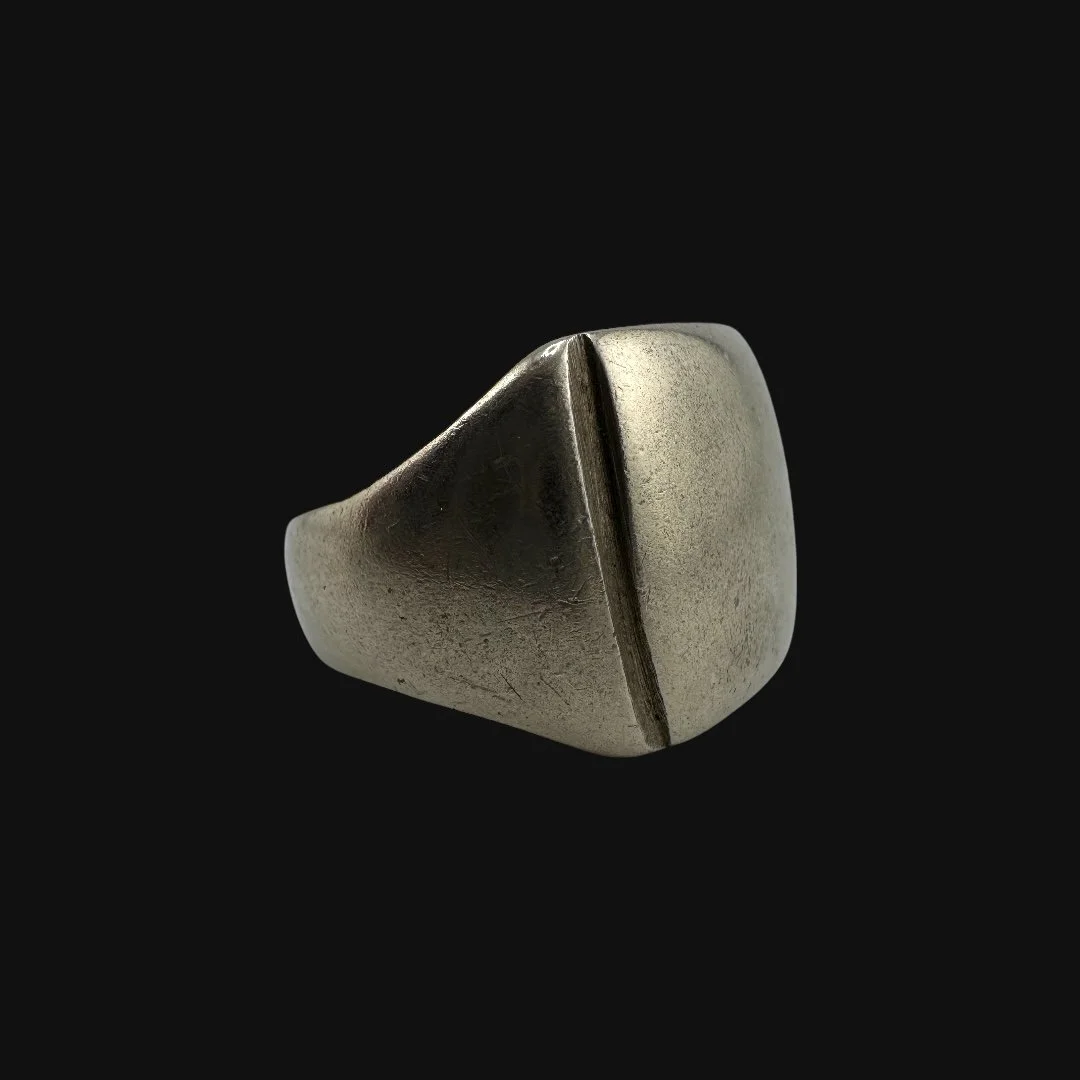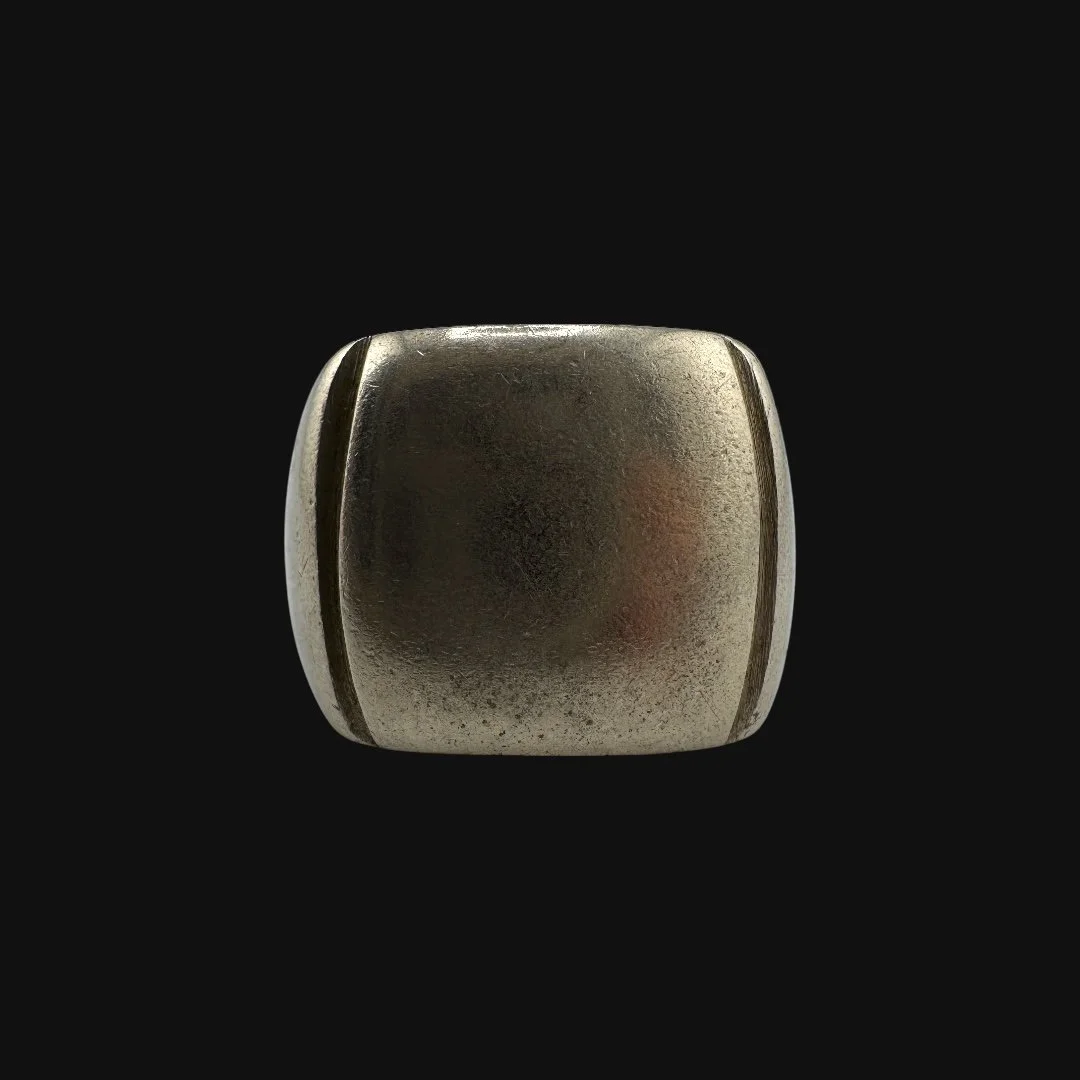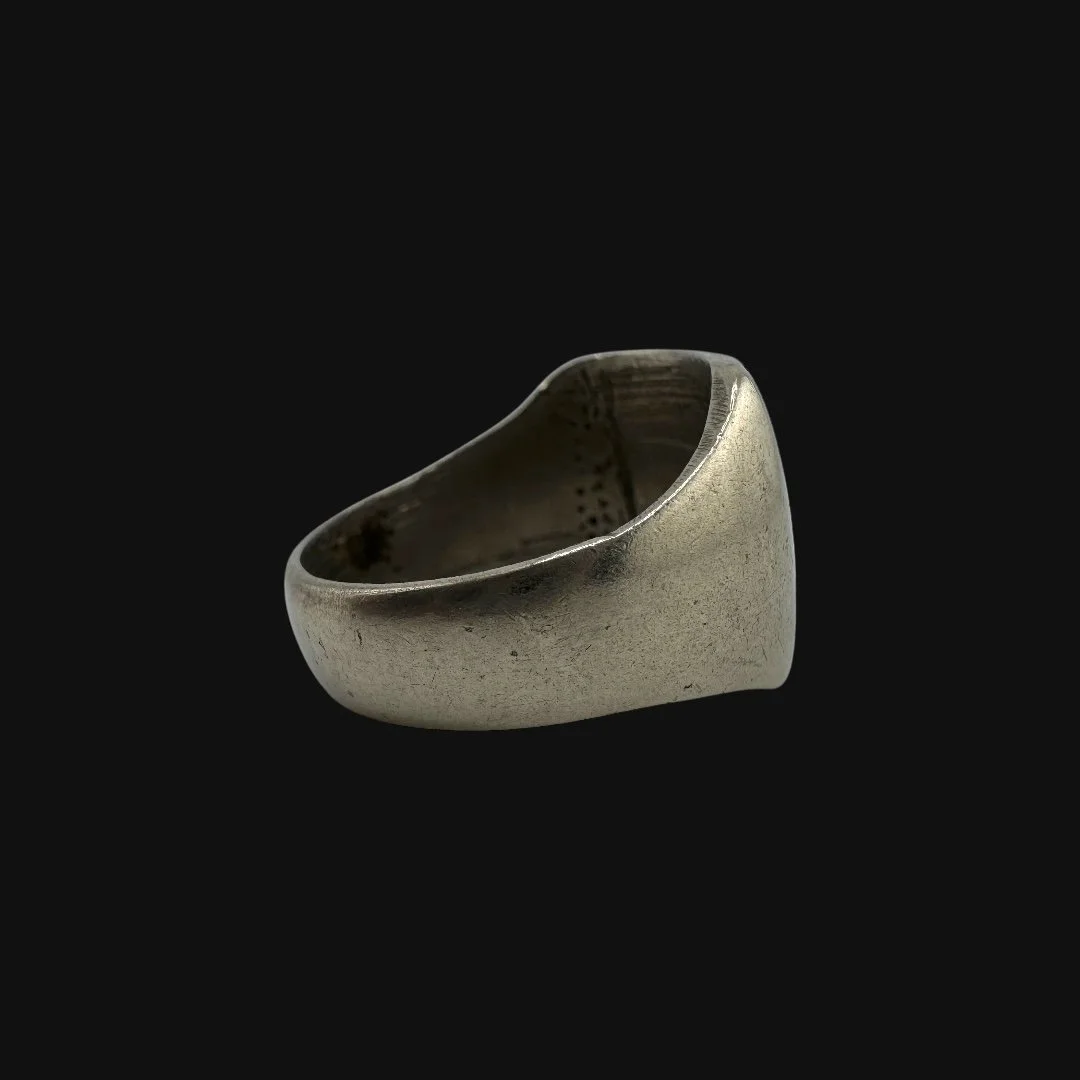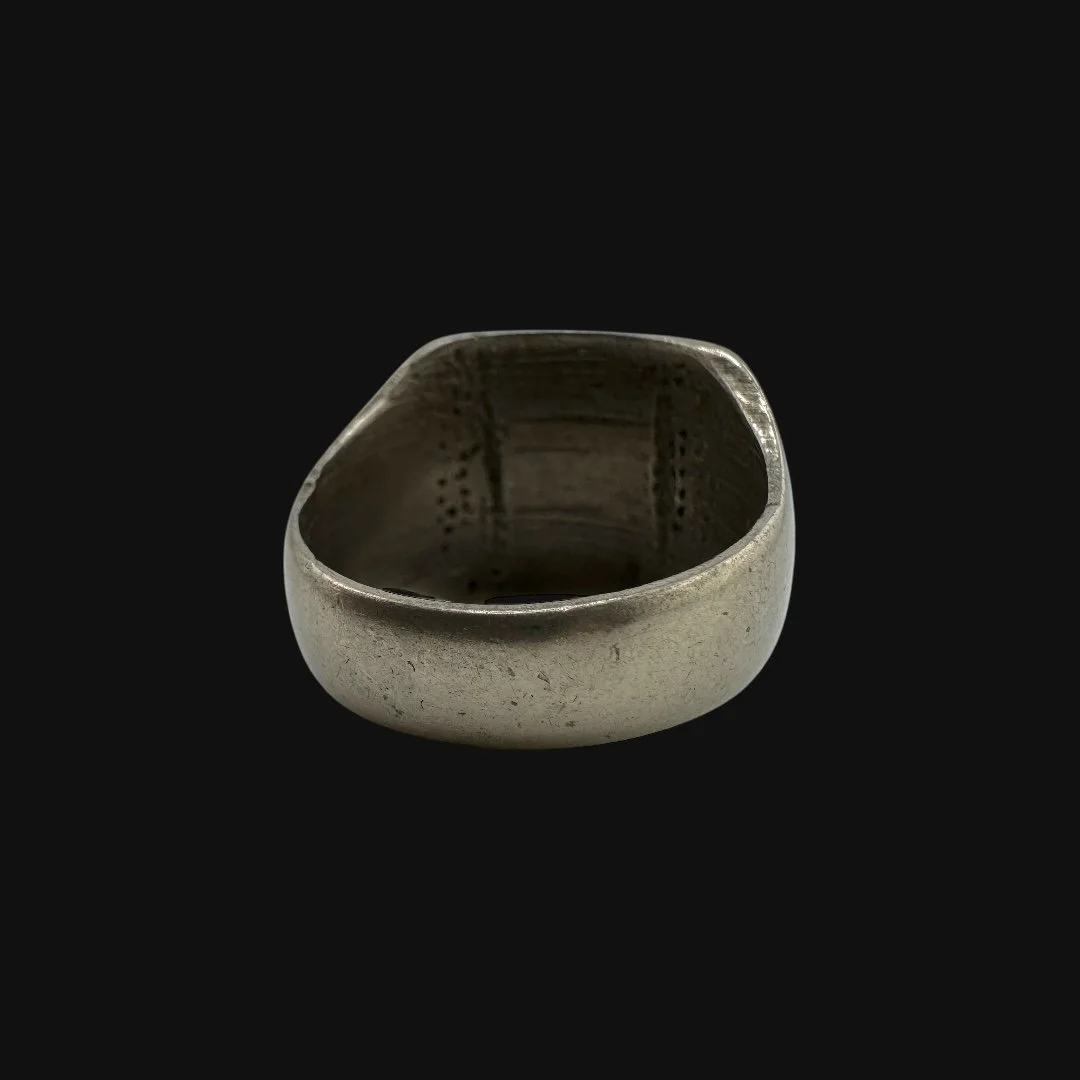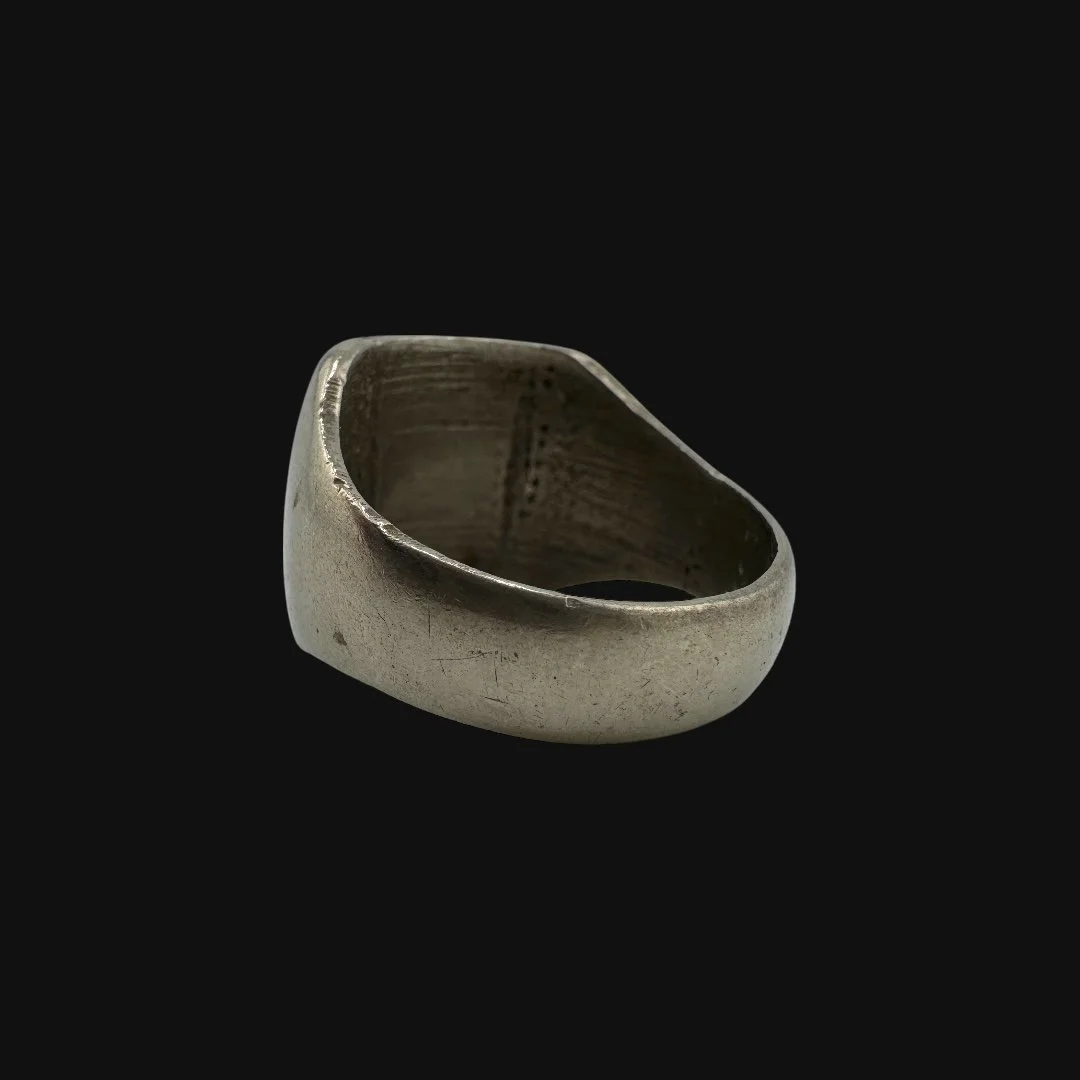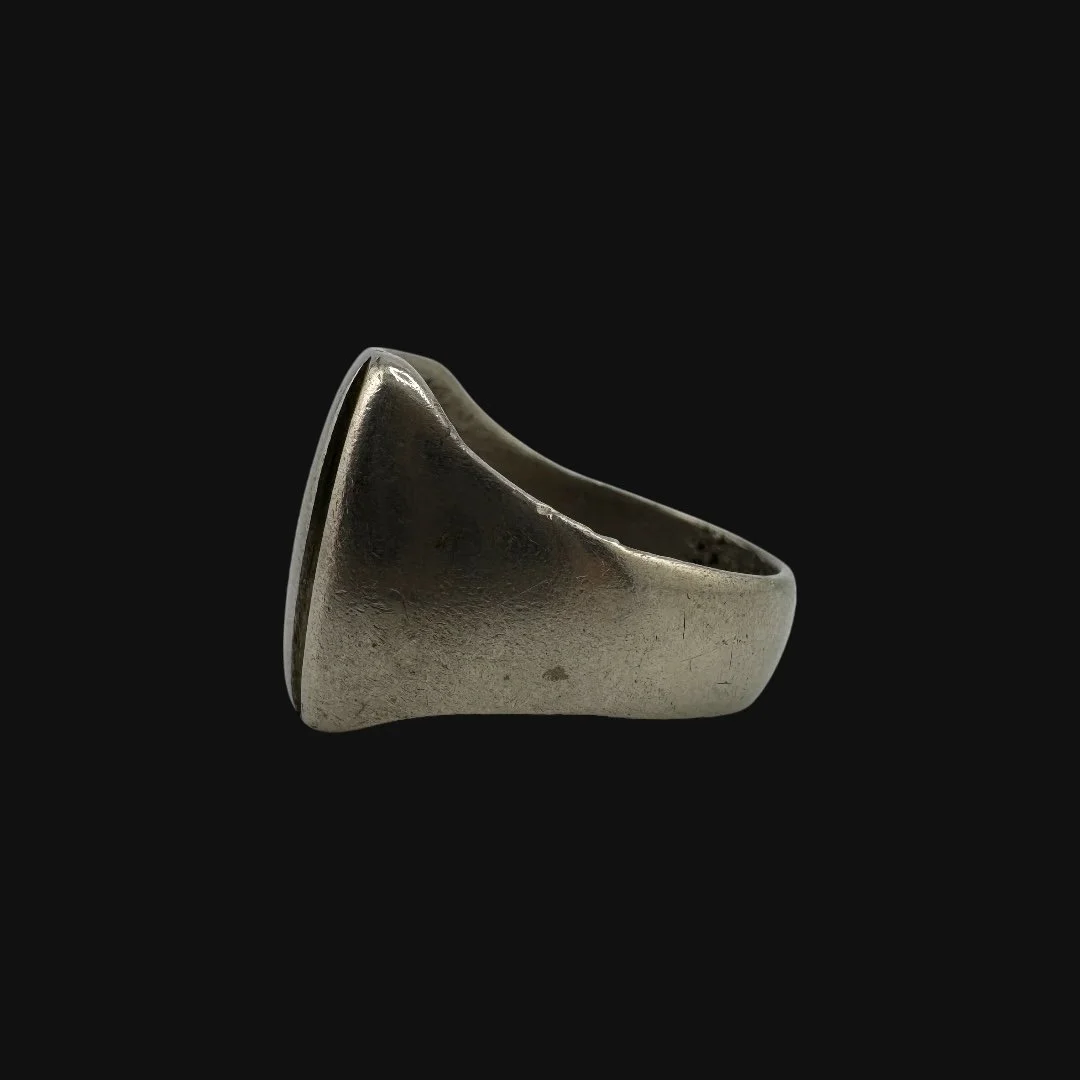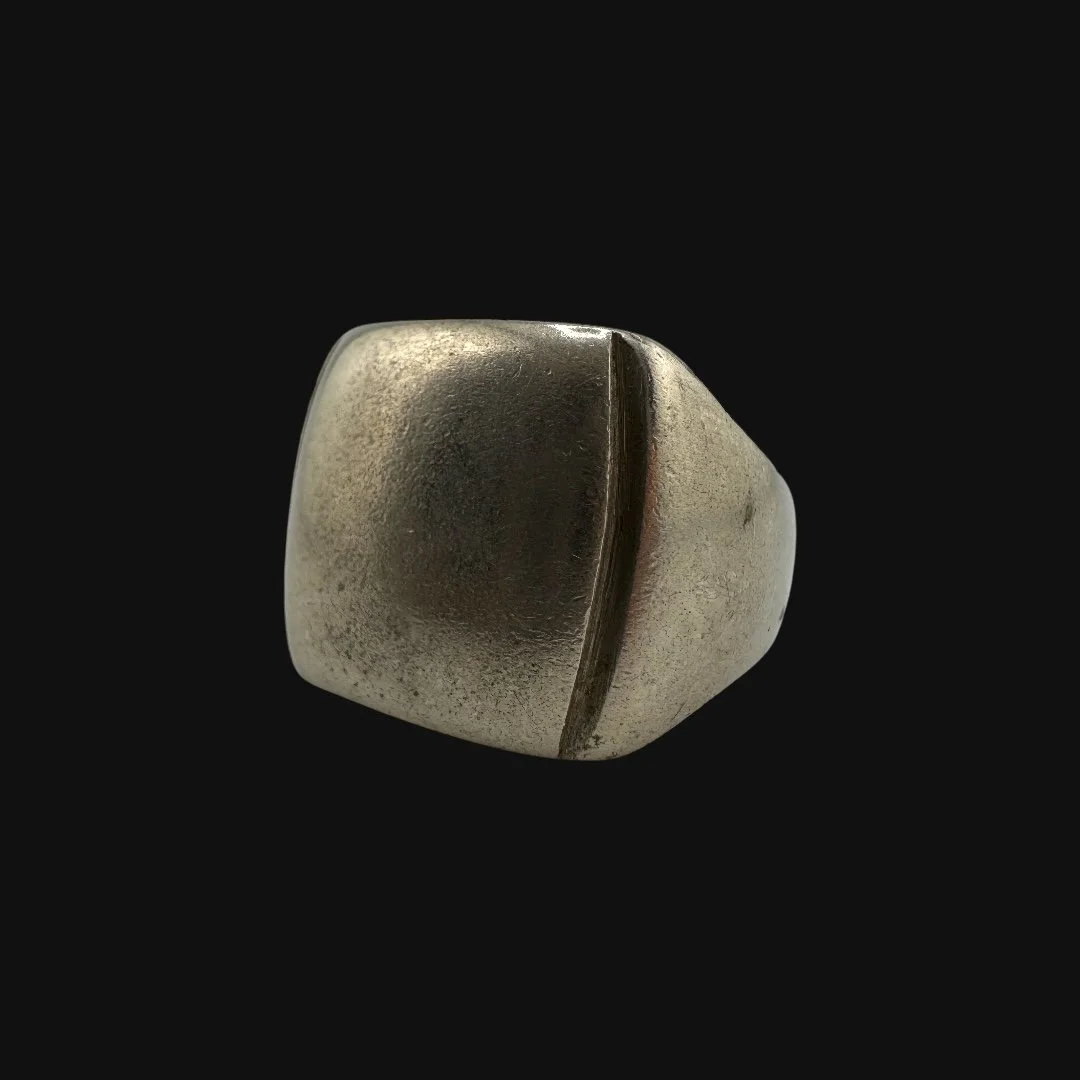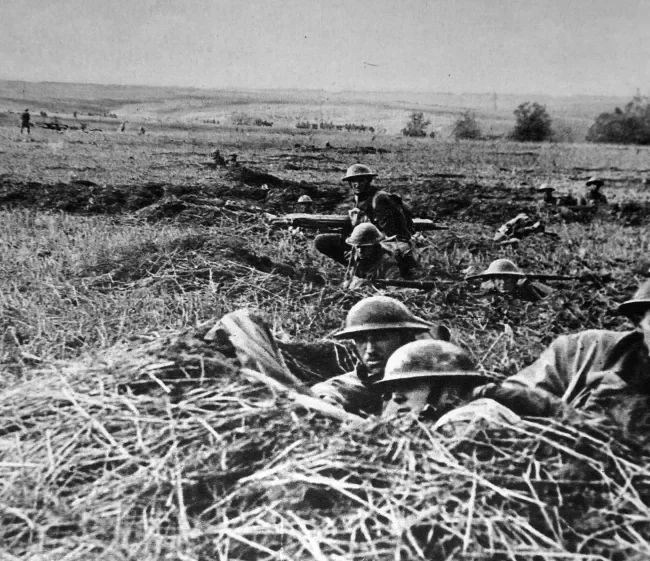PLEASE NOTE: Every ring we offer below is an authentic historical ring from World War I. Because these items are truly one-of-a-kind, they cannot be reproduced or restocked. Once sold, they are gone. Many of our rings sell quickly, so this item may not be available again in the future.
What they’re saying
Frequently asked questions…
-
Yes. Because each World War I ring was handmade or originally worn by a soldier over a century ago, the sizes naturally vary. Many can be resized today by a skilled jeweler, but resizing should always be approached with care since these are authentic historical artifacts. It is generally easier to size a ring down than to stretch it up. For that reason, if resizing is something you’re considering, it’s best to choose a ring that is slightly larger than your finger rather than smaller. We recommend working with a jeweler experienced in vintage or antique pieces. Of course, if you prefer not to resize, many collectors simply wear them on a different finger or preserve them as display pieces, keeping the ring exactly as it has survived from the Great War.
-
Trench art rings are among the most personal and remarkable relics of the First World War. Unlike official military issue items, these pieces were handmade by soldiers themselves while enduring the hardships of the trenches or during moments of rest behind the lines. Materials were often gathered directly from the front line trenches and battlefield, such as spent shell casings, shrapnel fragments, or bits of discarded equipment. Soldiers would shape, carve, and engrave these scraps into keepsakes, decorating them with initials, regimental symbols, or simple patterns that carried deep meaning. Because they were made by hand in the field, no two trench art rings are alike. Each one is a unique creation, a “one of one” that cannot be duplicated. These rings are not just adornments. They are raw expressions of a soldier’s endurance, ingenuity, and humanity in the midst of war.
-
All packages are shipped with USPS Priority Mail, which ensures faster delivery within the United States. Every order includes full tracking, so you can monitor your package every step of the way. To guarantee protection, each shipment also comes with full insurance coverage and signature confirmation upon delivery. This process gives you complete peace of mind, knowing your WWII ring is shipped safely, securely, and fully accounted for until it arrives directly in your hands.
-
Yes. Every World War I ring comes with a Certificate of Authenticity along with a detailed historical research report. This report outlines the ring’s provenance and provides as much of its original story as possible, including details about the type of ring, its background, and any connections to a specific regiment, unit, or theater of the Great War. For trench art rings, we also note if they were crafted from battlefield materials such as spent shell casings, shrapnel, or other remnants gathered by soldiers. While not every ring can be directly traced to a single soldier, we include all available context so that each piece is more than just an artifact. Each ring becomes a preserved story carried forward from the First World War.
-
Each World War I ring is an original artifact, making every piece completely one of a kind. Once a ring is purchased, it is gone, and there is no way to know if another like it will ever appear again. While all WWI-era rings are rare, it is somewhat more common to find broader examples tied to the U.S. Army, Navy, or Allied forces in general. Rings connected to a specific regiment, division, or battlefield are far more difficult to find and are considered exceptionally rare. We continue to add new World War I rings to the collection as they surface. If you are looking for something tied to a particular unit or branch, you are welcome to let us know, and we will contact you if a piece that fits your request becomes available.
-
Soldiers often used what they had at hand. The most common materials were fired shell casings, shrapnel fragments from artillery, and aluminum from downed aeroplanes or field equipment. For example, many rings were carved from the brass of a rifle casing collected in no-mans land or the soft aluminum of a shot down German aeroplane part.
